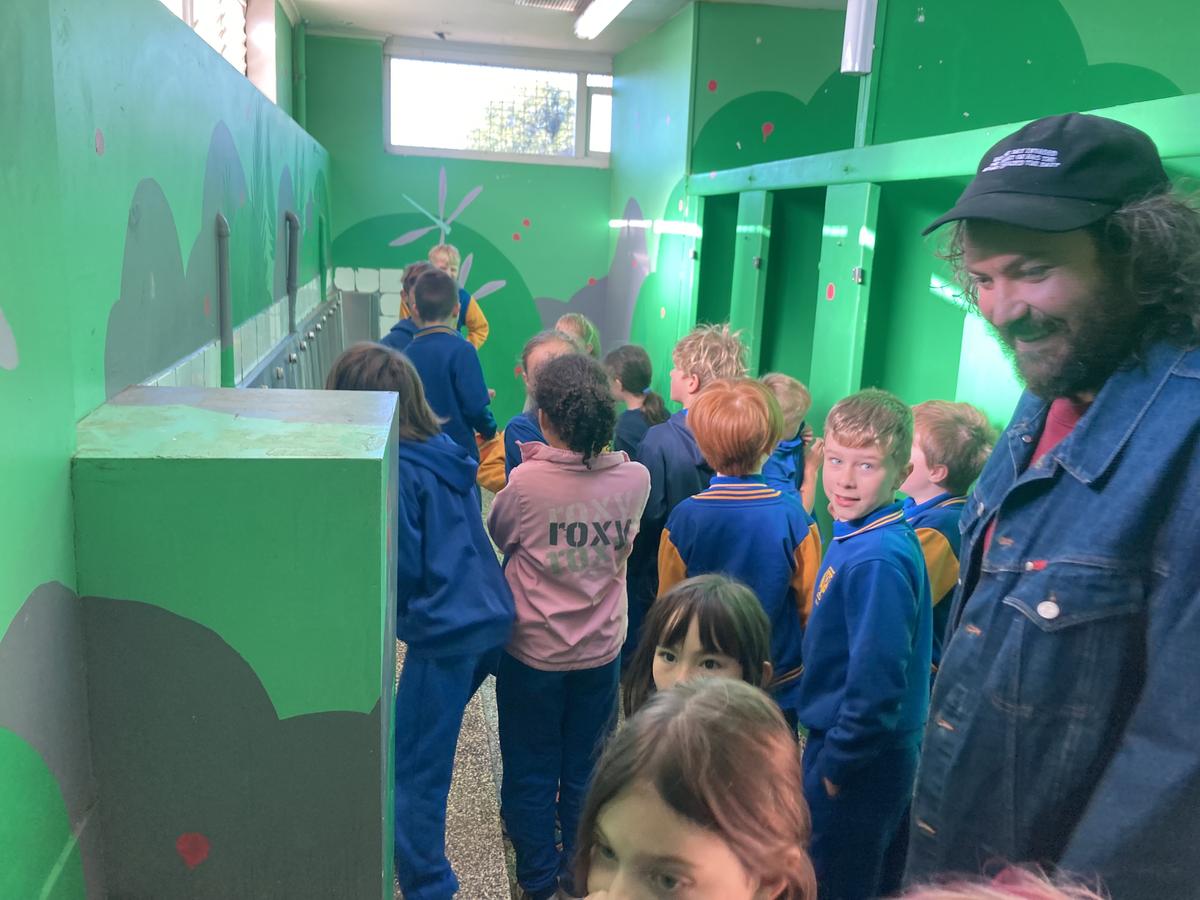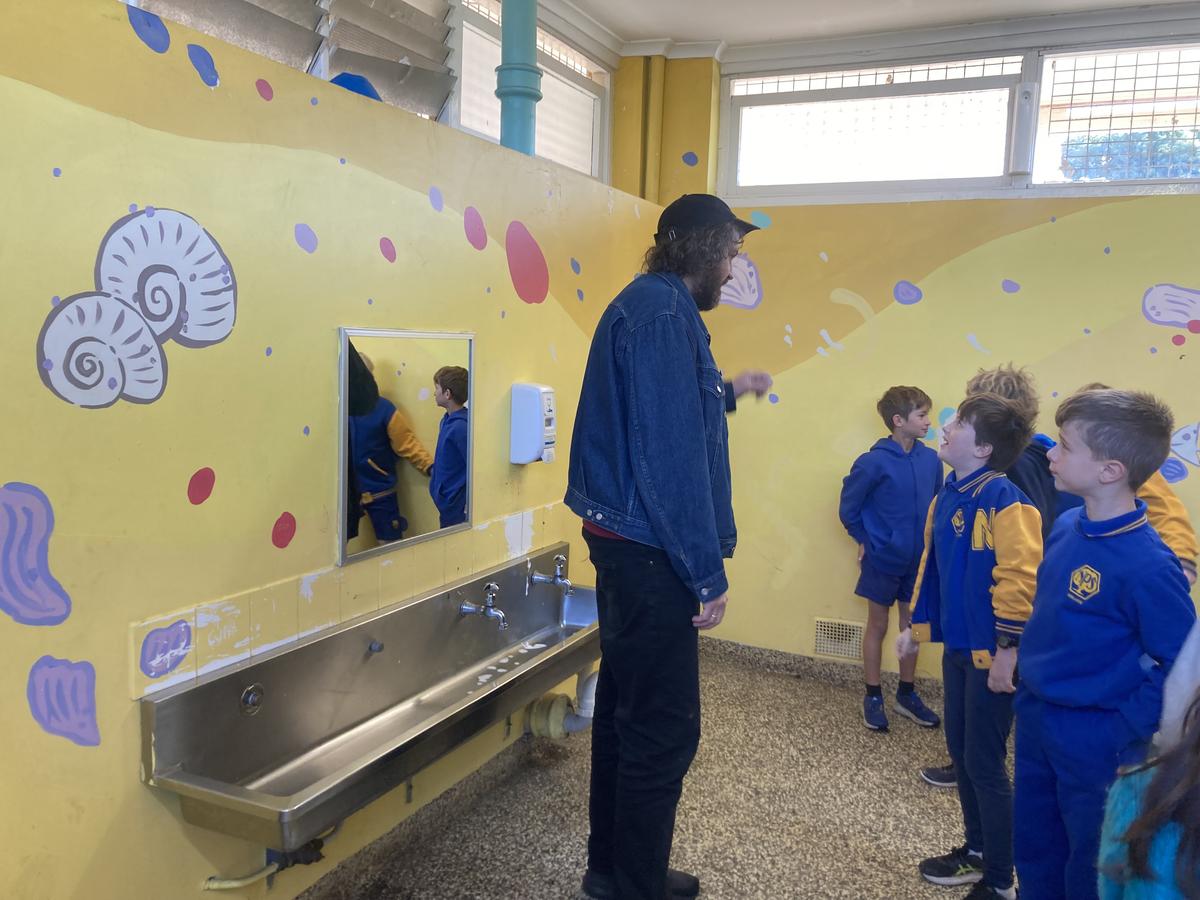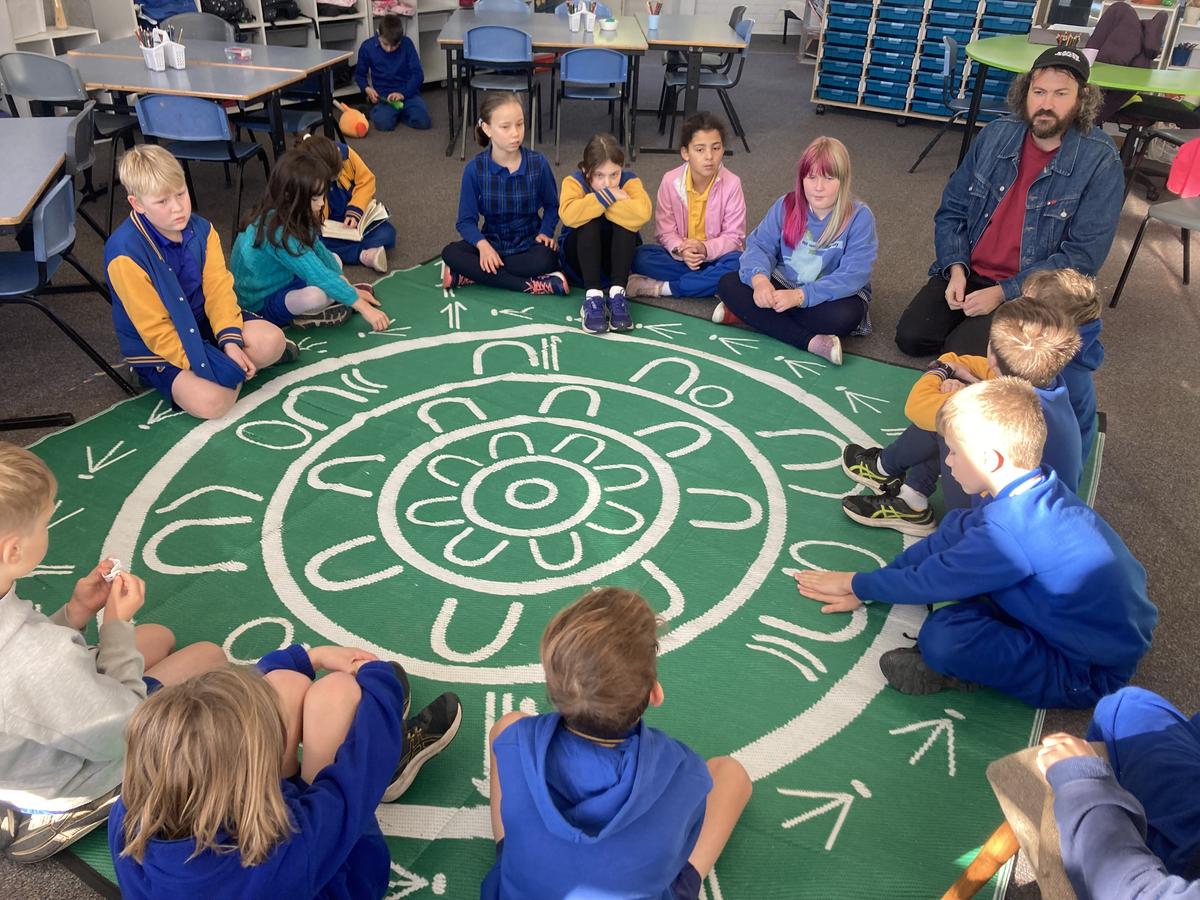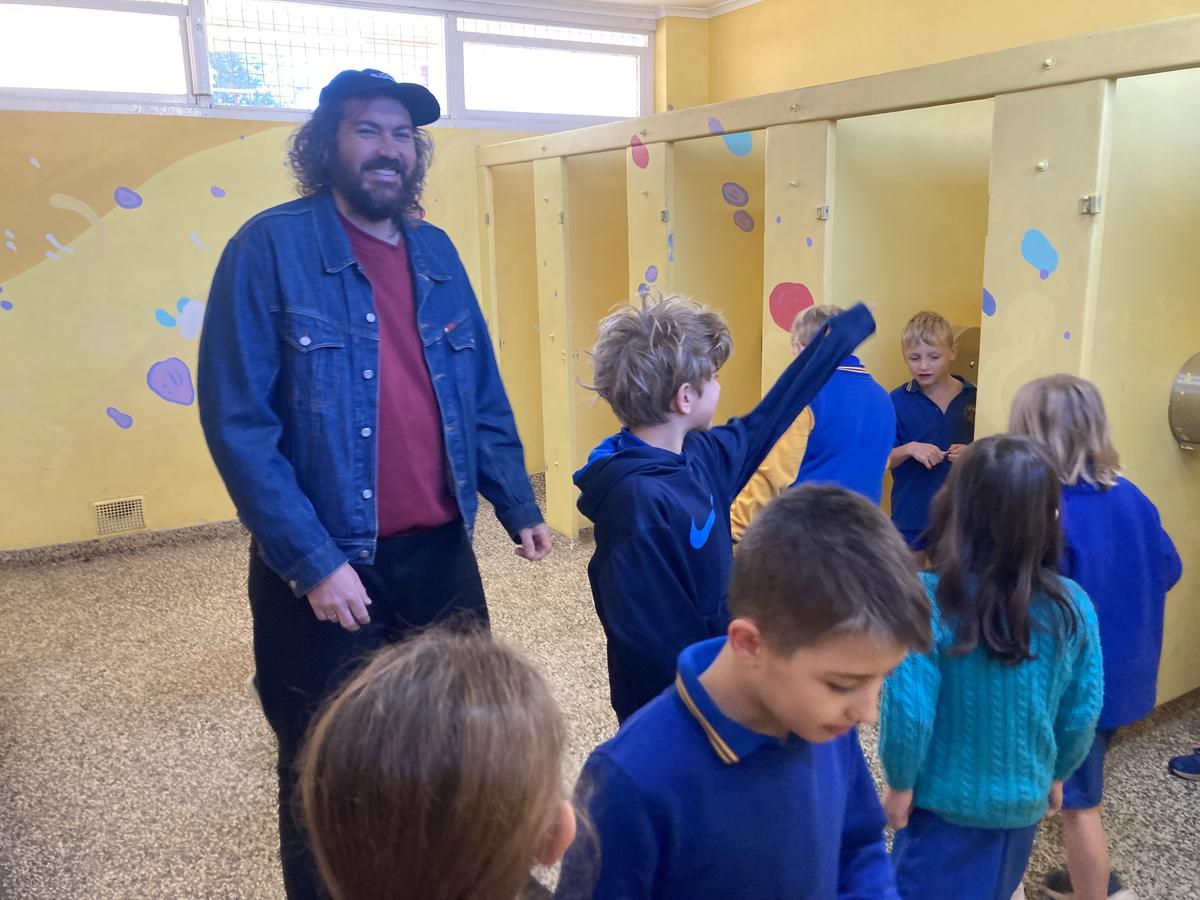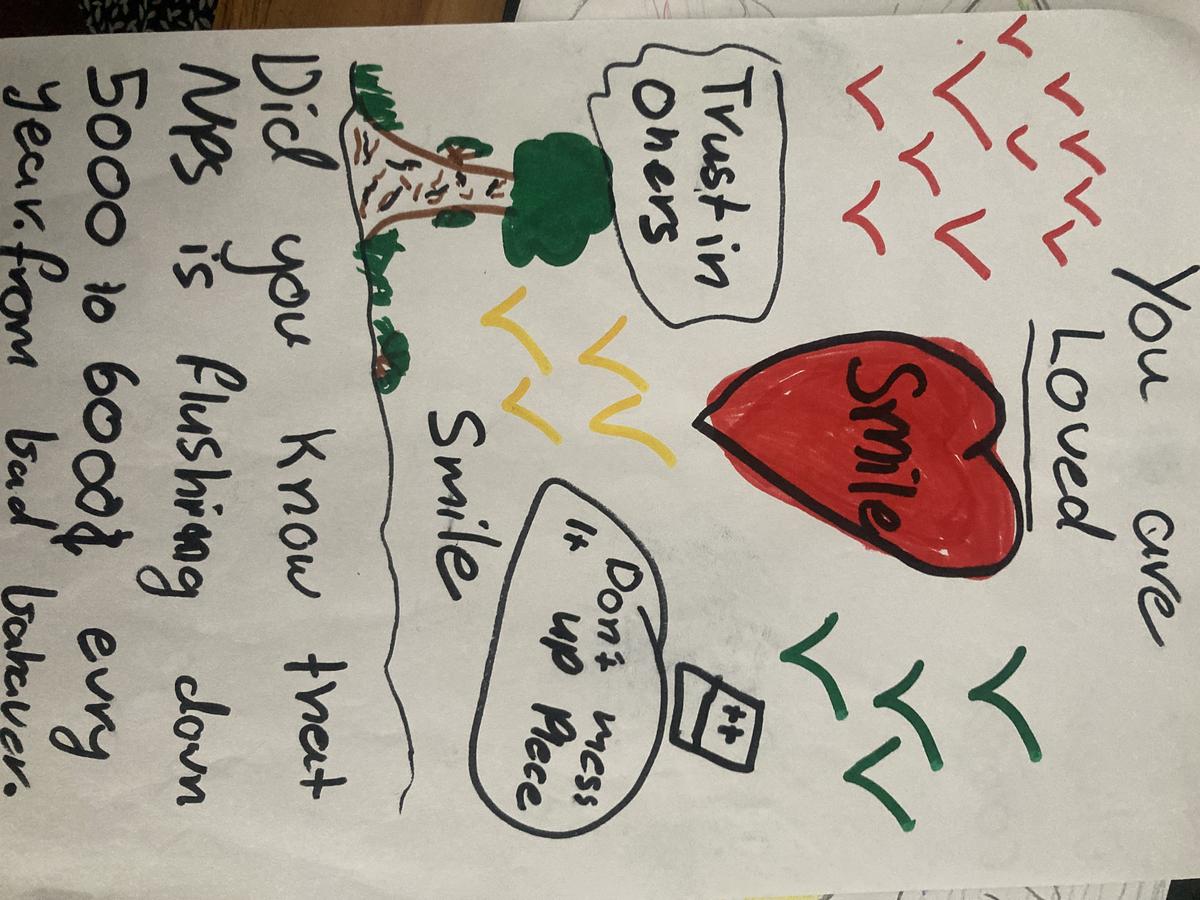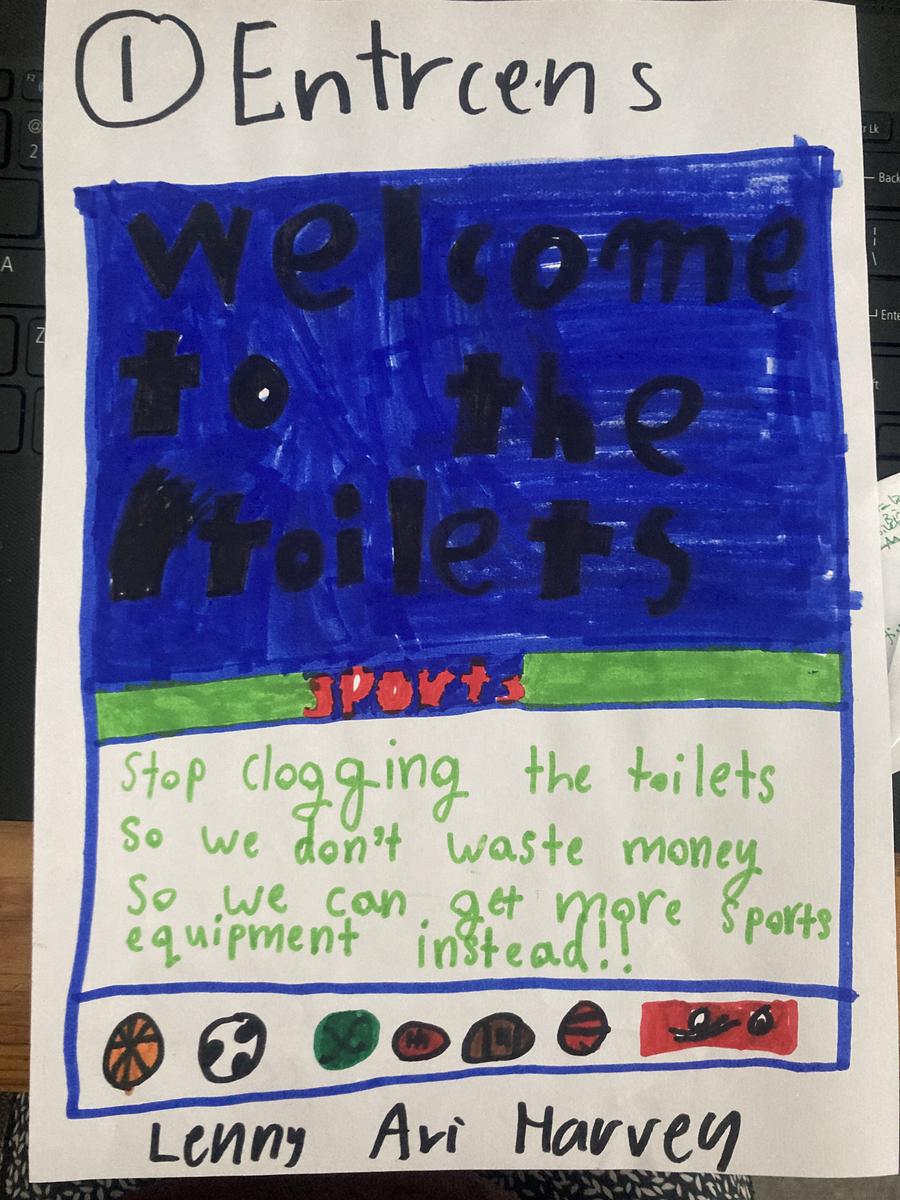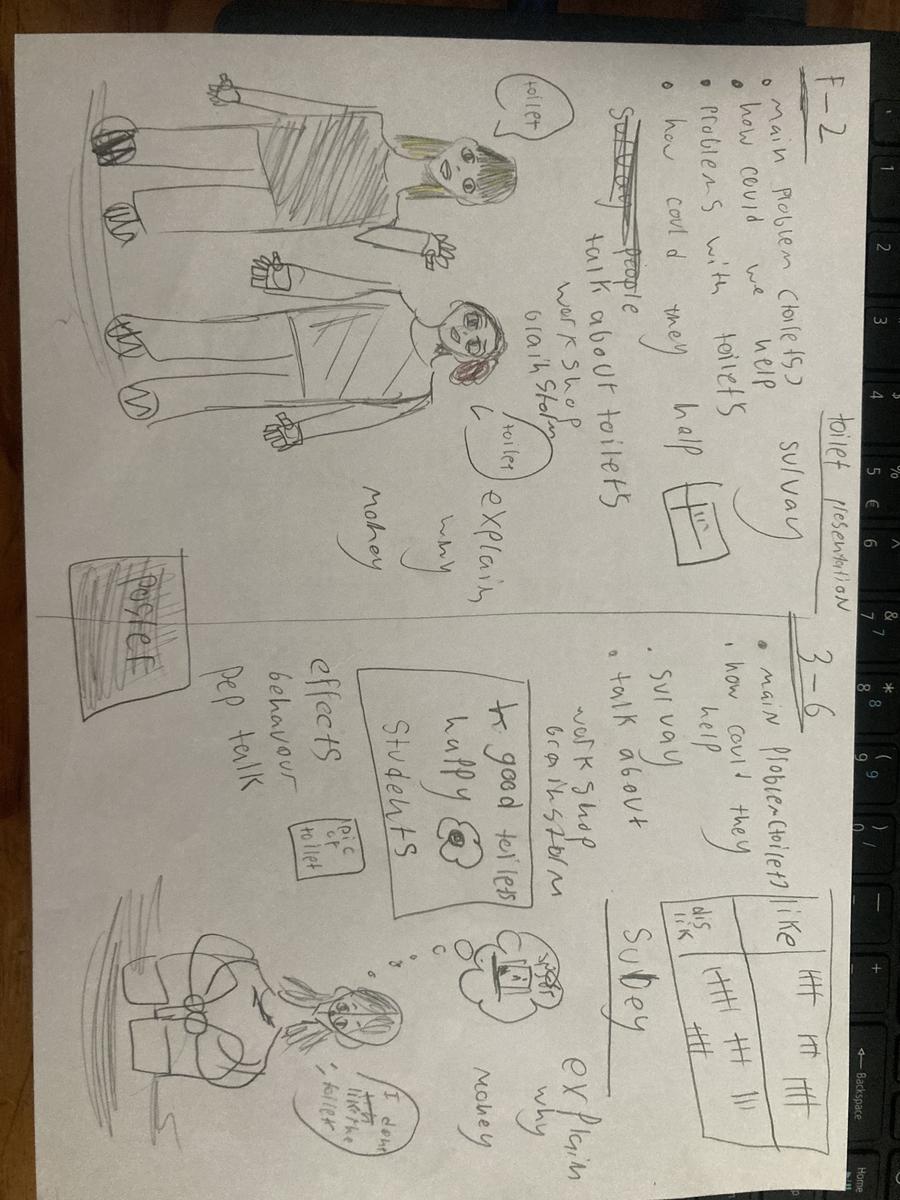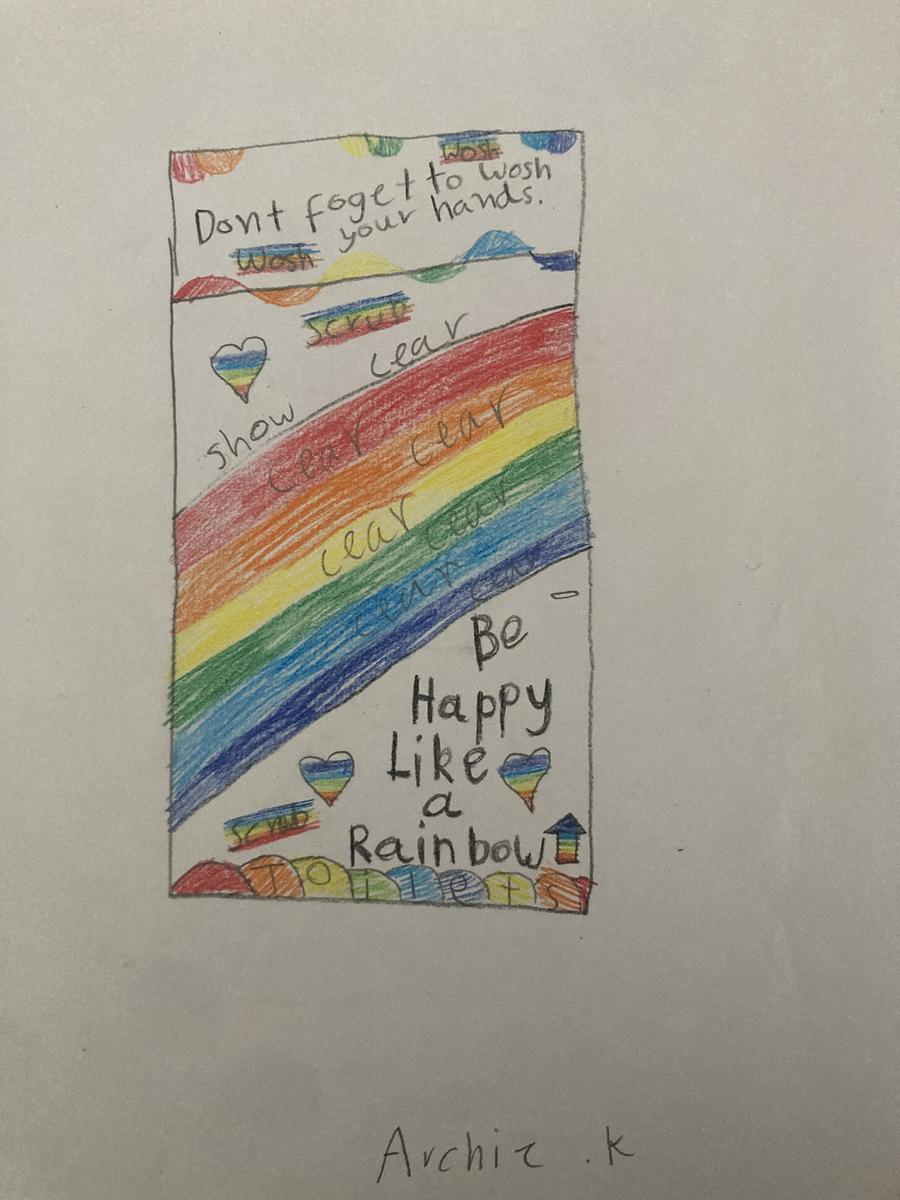Inquiry
Using curiosity, critical thinking, and collaboration to impact our school grounds and wellbeing

Inquiry
Using curiosity, critical thinking, and collaboration to impact our school grounds and wellbeing
1/2 - Making our school a better home for more creatures
So far we've looked at what creatures currently live in, or visit, our school grounds. Most of these observations can be seen on the citizen science platform iNaturalist - check out our photos by zooming into our school! We encourage everyone to photograph the flora and fauna on our school grounds, and add it to iNaturalist!
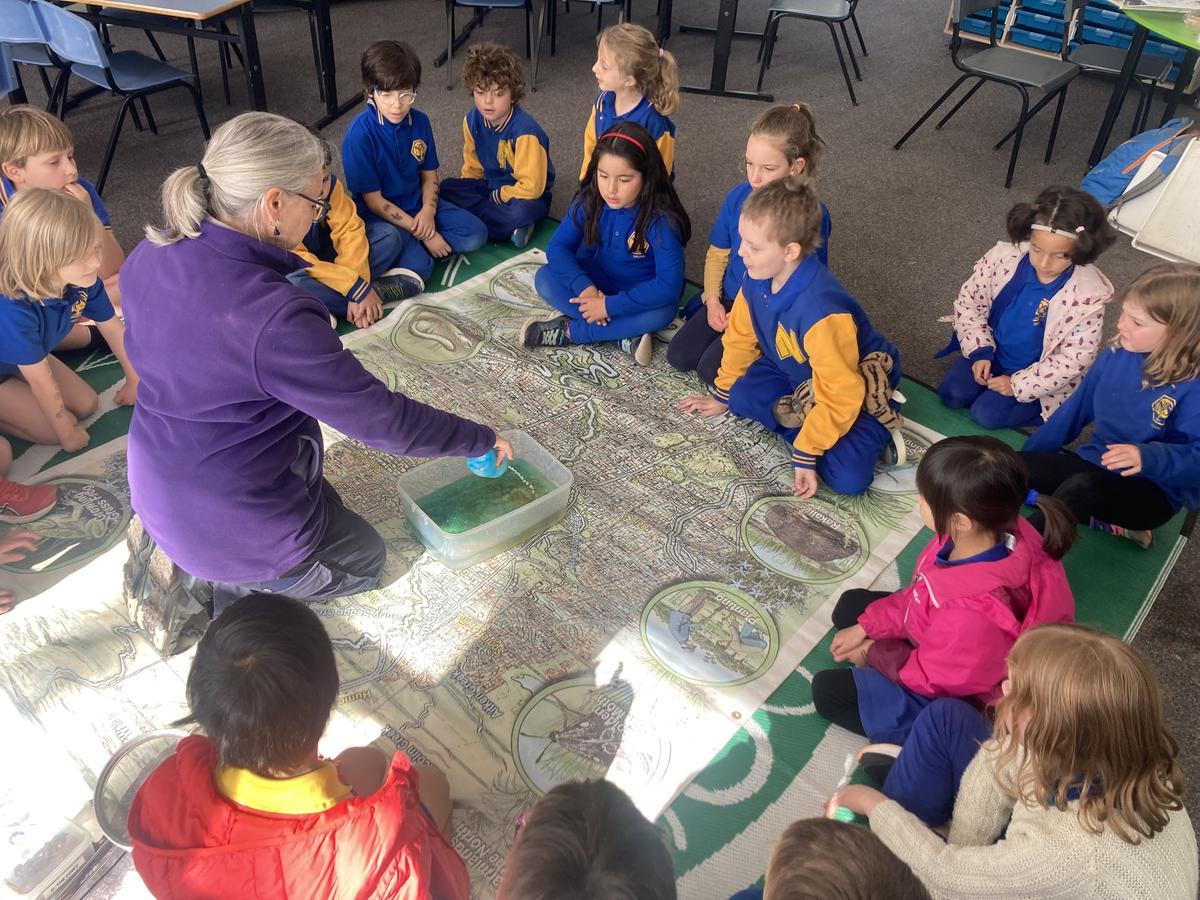
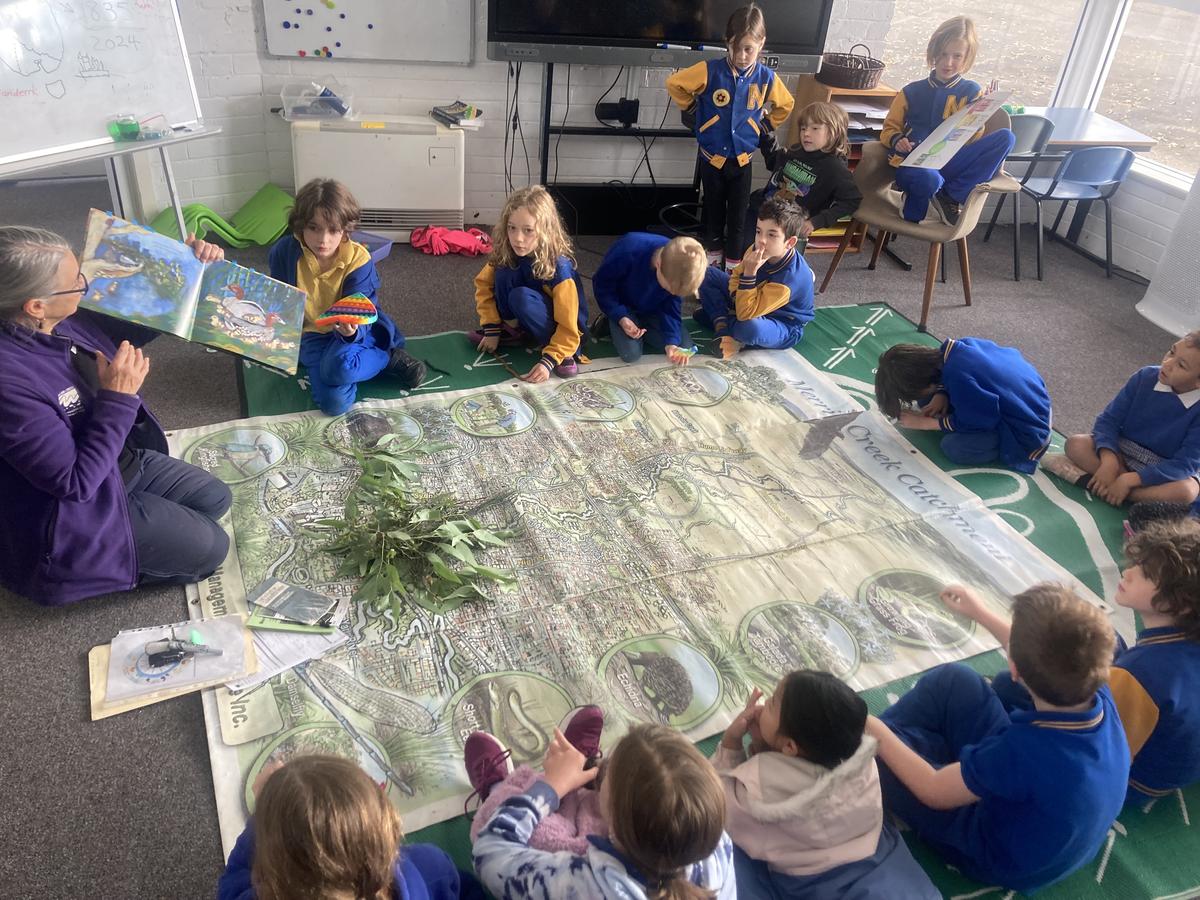
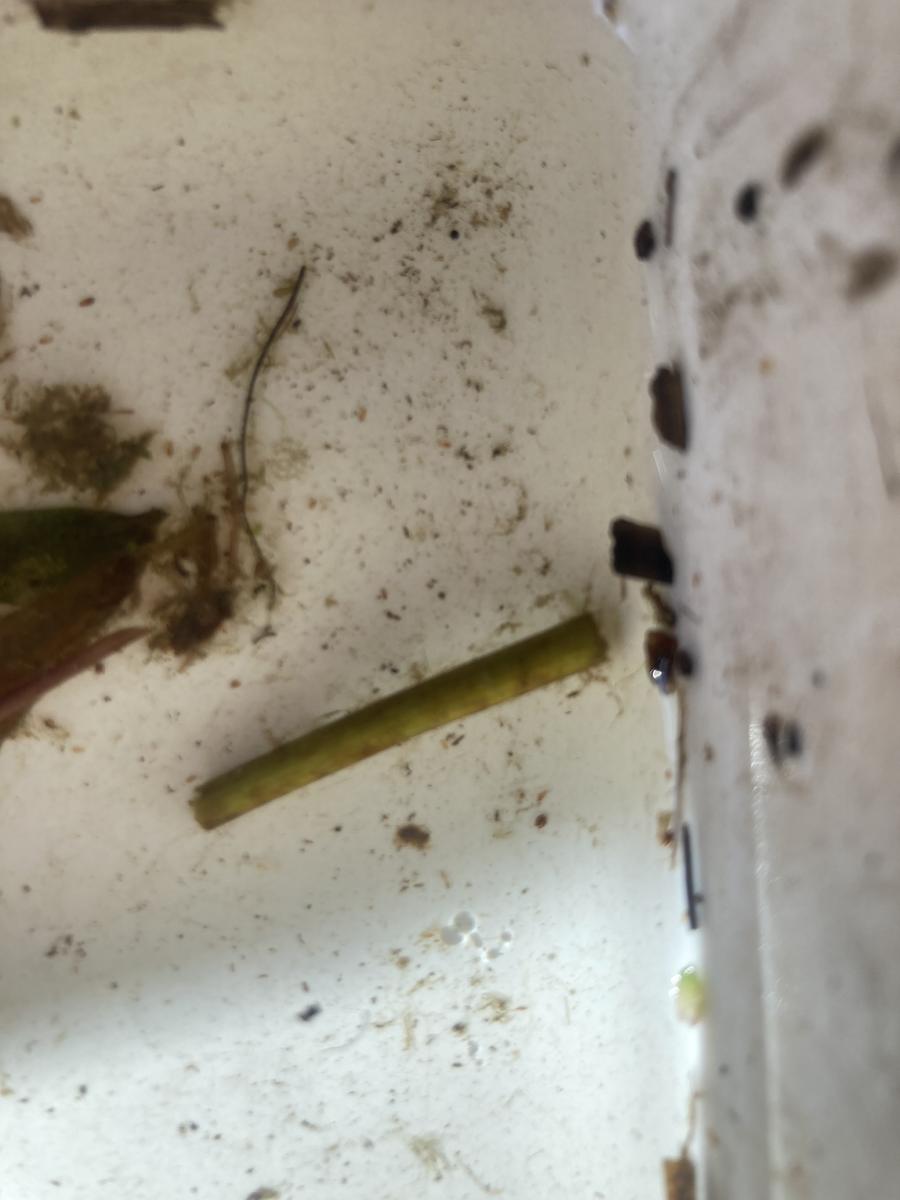
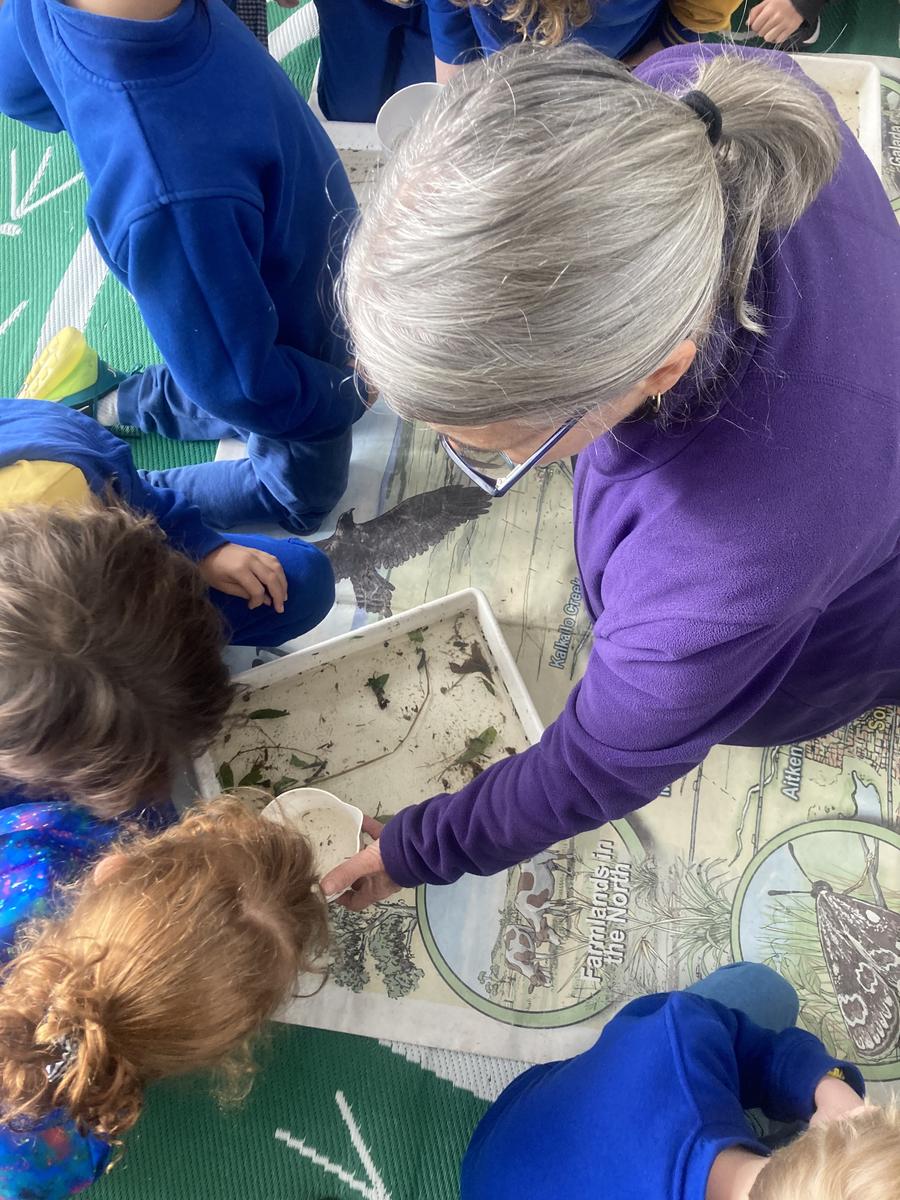
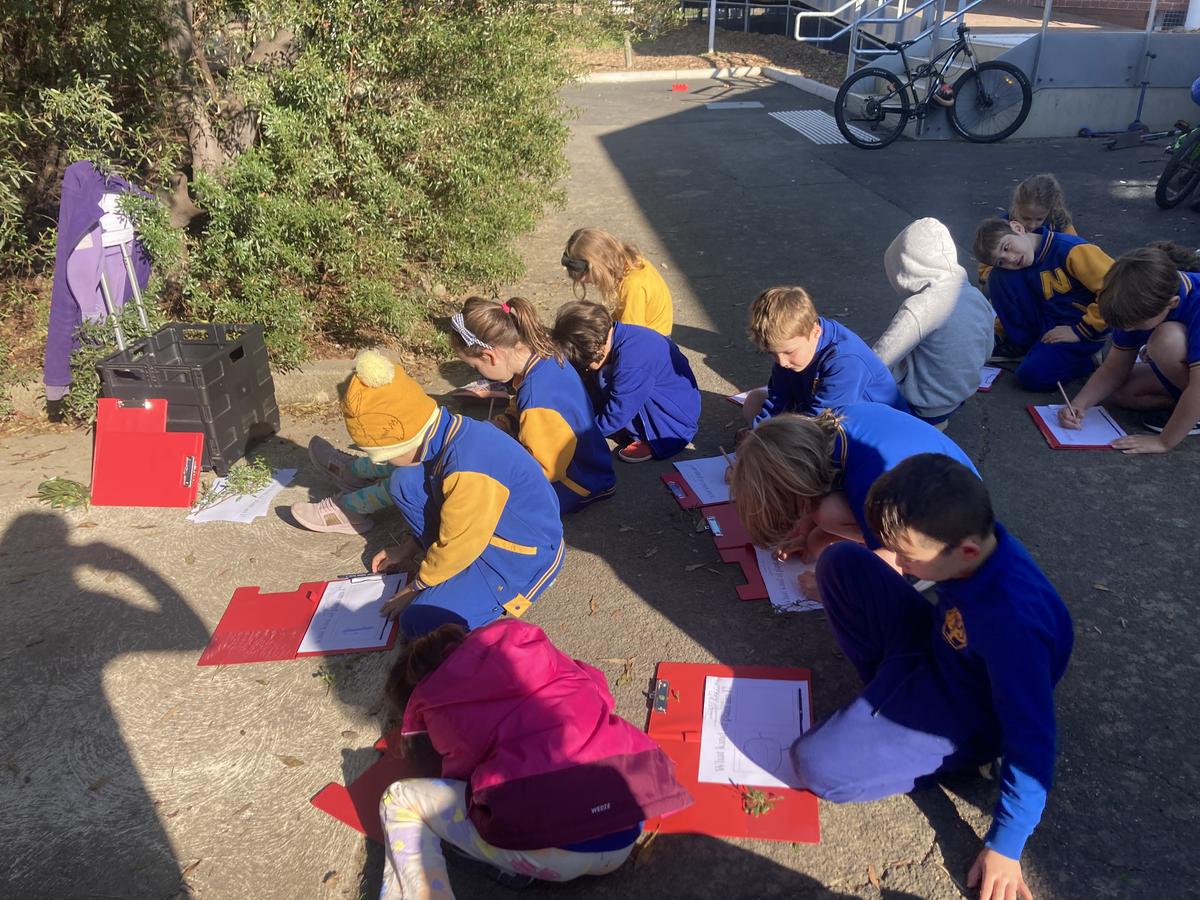





1/2A and 1/2F enjoyed incursions with Angela from Merri Creek Management Committee who helped us to appreciate our connection to the nearby creeks and the role that our school can play in the local ecosystem. She told us that we can help by planting more indigenous plants that belong here on Wurundjeri Country and support local wildlife, and by stopping litter from going down our drains into our waterways. A highlight for students was seeing the waterbugs that she brought in. We loved learning about the damselfly and cadisfly, but were horrified to learn about the introduced pest gambusia - the fish equivalent of rabbits. 1/2F were lucky enough to get a second visit by Angela, and in that session we learned about Wurundjeri seasons and looked at two indigenous plants at our school, which we sketched.

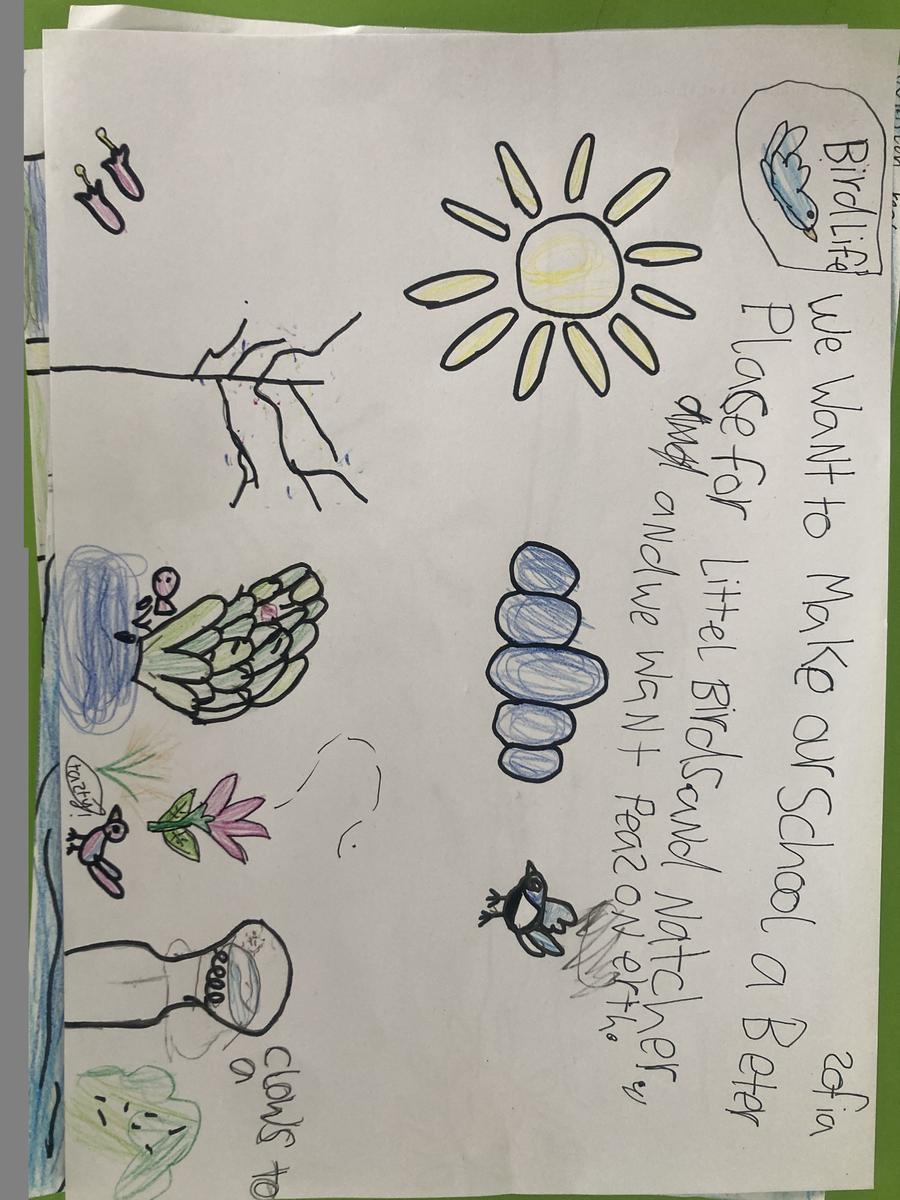


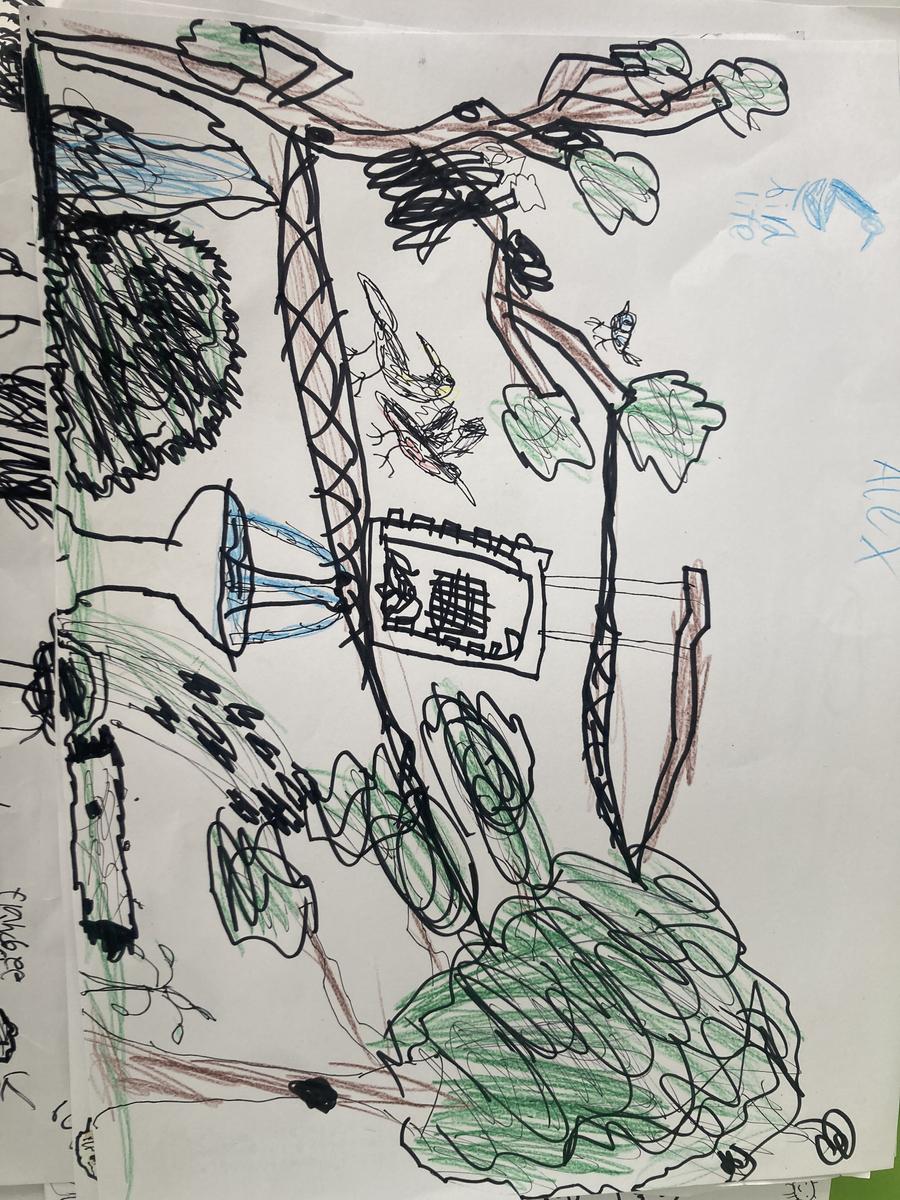
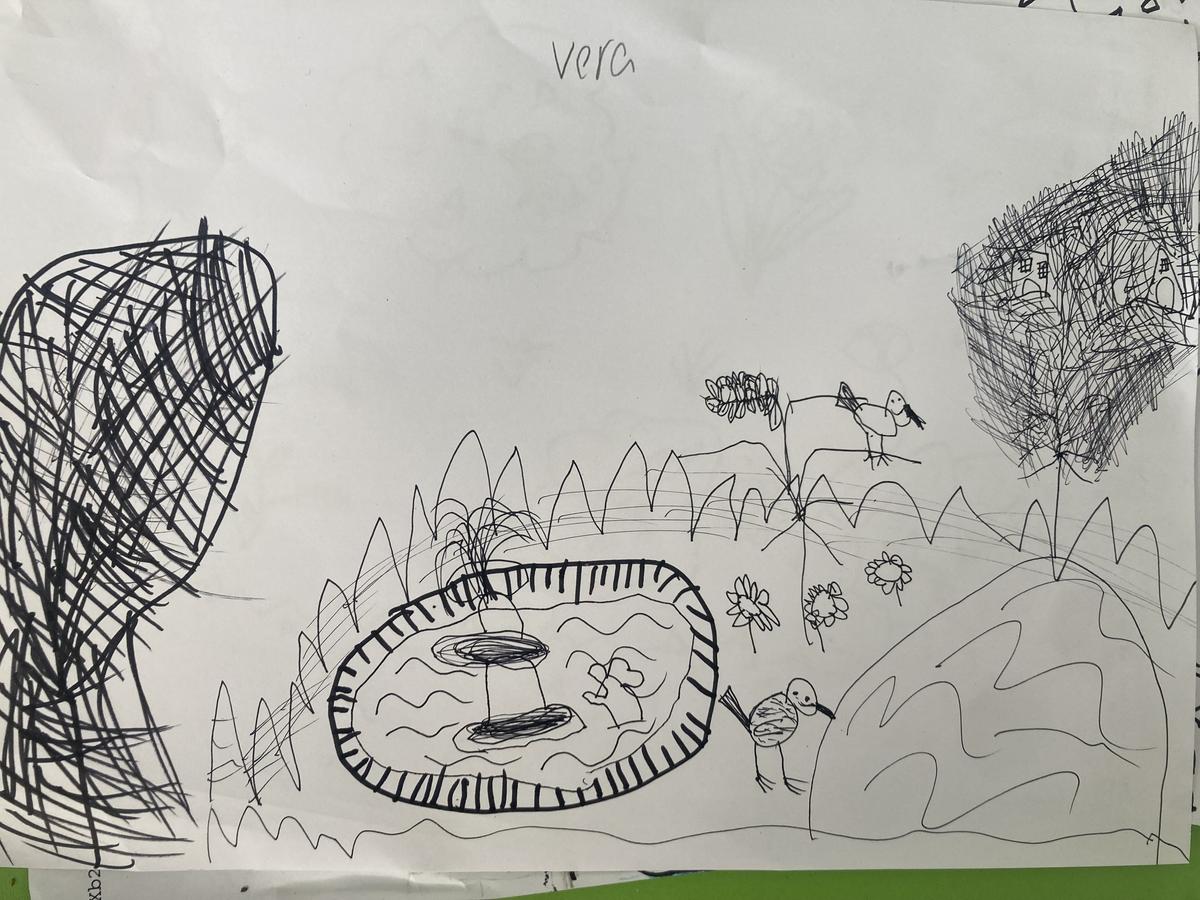
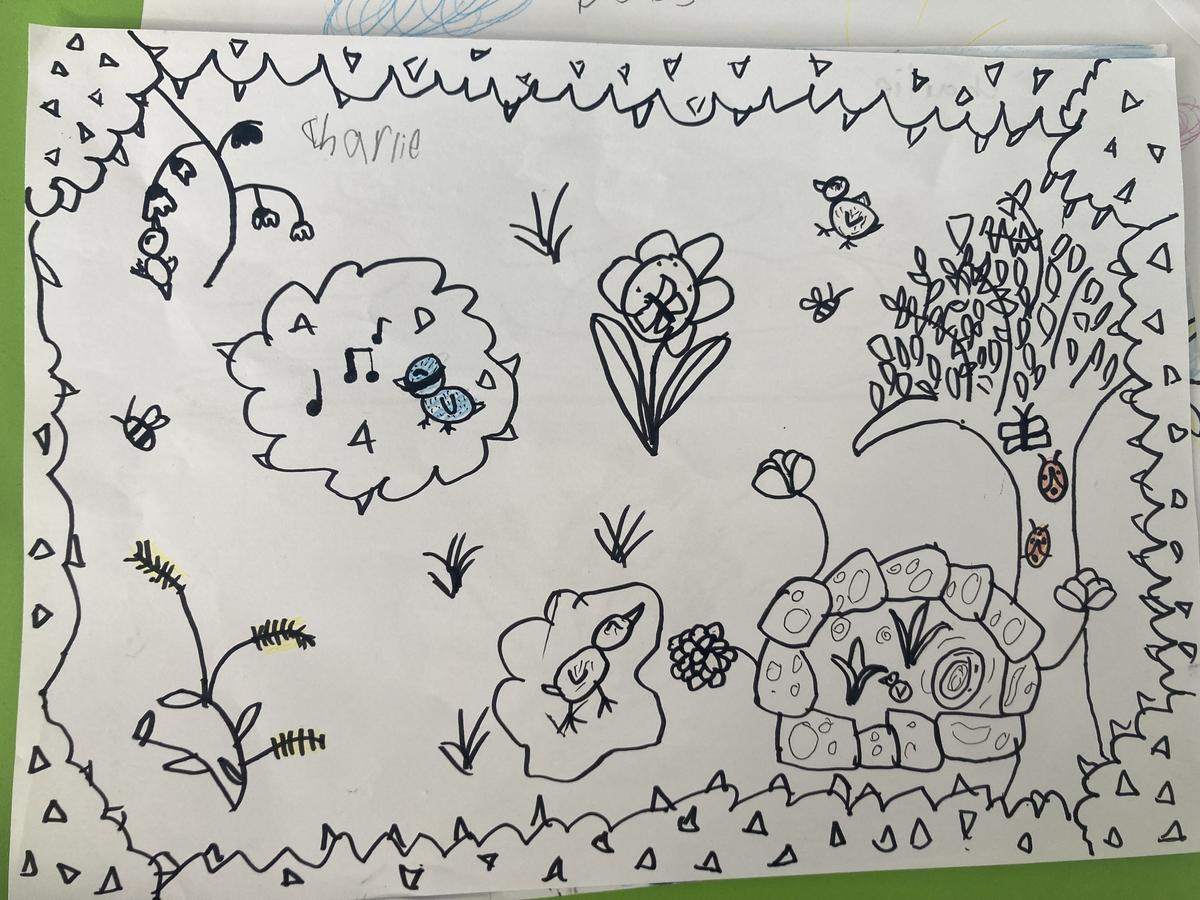
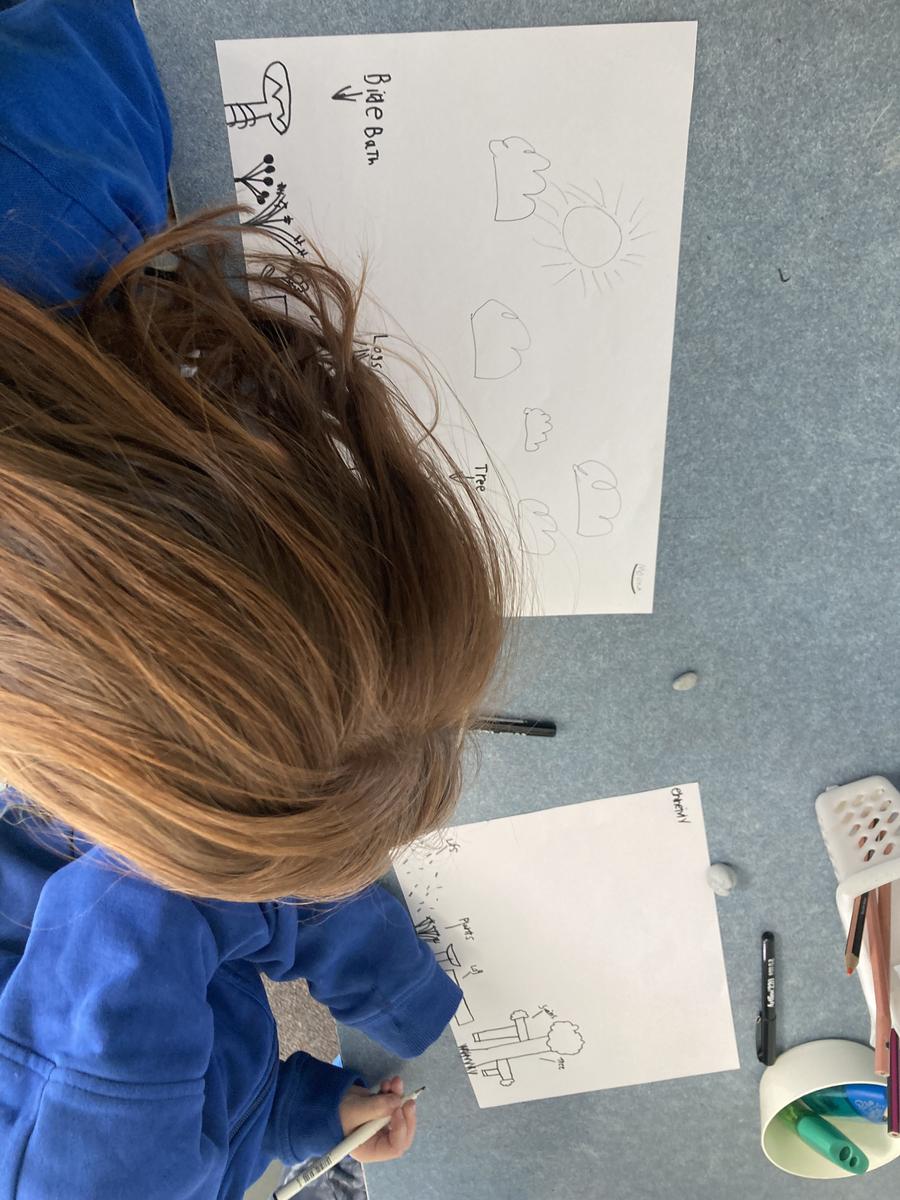
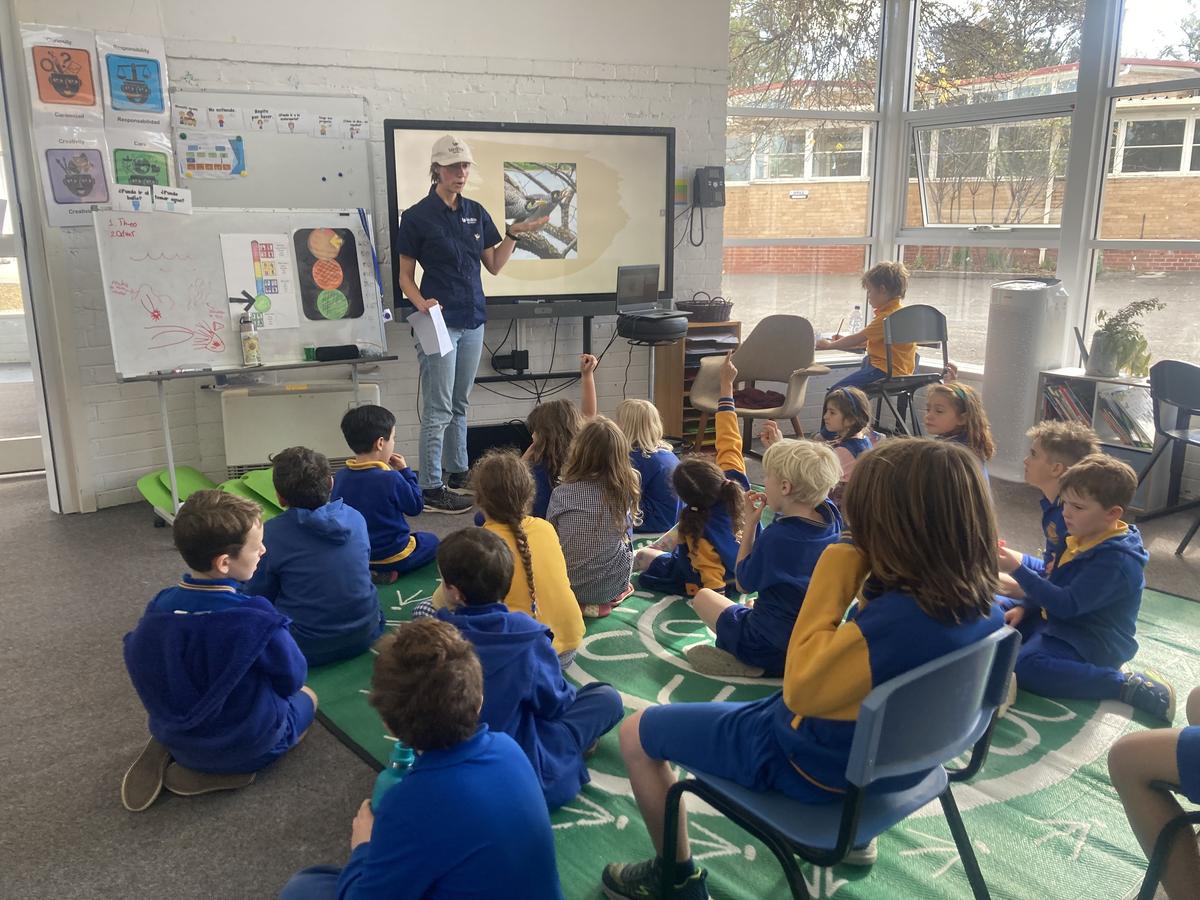









1/2E and 1/2D were very fortunate to enjoy visits by Eva, an NPS parent who works at BirdLife Australia. Eva looked at our bird observations in iNaturalist and pointed out that we currently only have medium to large sized birds. She then helped us to understand what kind of habitat we need to create for small birds to feel safe and get food in our school - ideas that we can build into some designs.
1/2C (due to be repeated, to some degree, with 1/2B and 1/2A over the next fortnight)
We are rocking out to the head banging video about Blue Banded Bees and the Matted Flax Lily, or dianella - check it out here https://www.pozible.com/project/the-rockin-bee Our awesome horticulturalist and groundskeeper, Sab, is visiting us to talk about how to plan a garden and what it means to revegetate. He's taking us out of the classroom to visit a barren part of the school in need of some love (along the street-side of the new learning worlds), and we are enjoying talking about and drawing designs for new gardens.
3/4 - Impacting our zones (of regulation) in the zones (of the school)
We are continuing to use the extensive data that we gained in term one about the zones in our school grounds that are associated with feeling in the blue, yellow, or red zones, and how we can support more 'green zone' places. The main areas of focus this term are the toilets and litter.
3/4C and 3/4F enjoyed visits by NPS parent, Buildings & Grounds Committee member, and local litter legend, Kristy. Kristy gave us an inspiring presentation and brought her accounting background to the litter audits that we carried out. I am proud to say that every single student was engaged and enthusiastic for the entire litter audit and no-one wanted to stop - they could have picked up litter all day! Some students returned to my classroom at a few play times to get tongs and buckets to pick up litter, and showed the initiative of creating posters to put up around the school. Next time we meet, we'll continue to plan for some actions, policies, produres, tricks - anything to bring our litter problem under control!
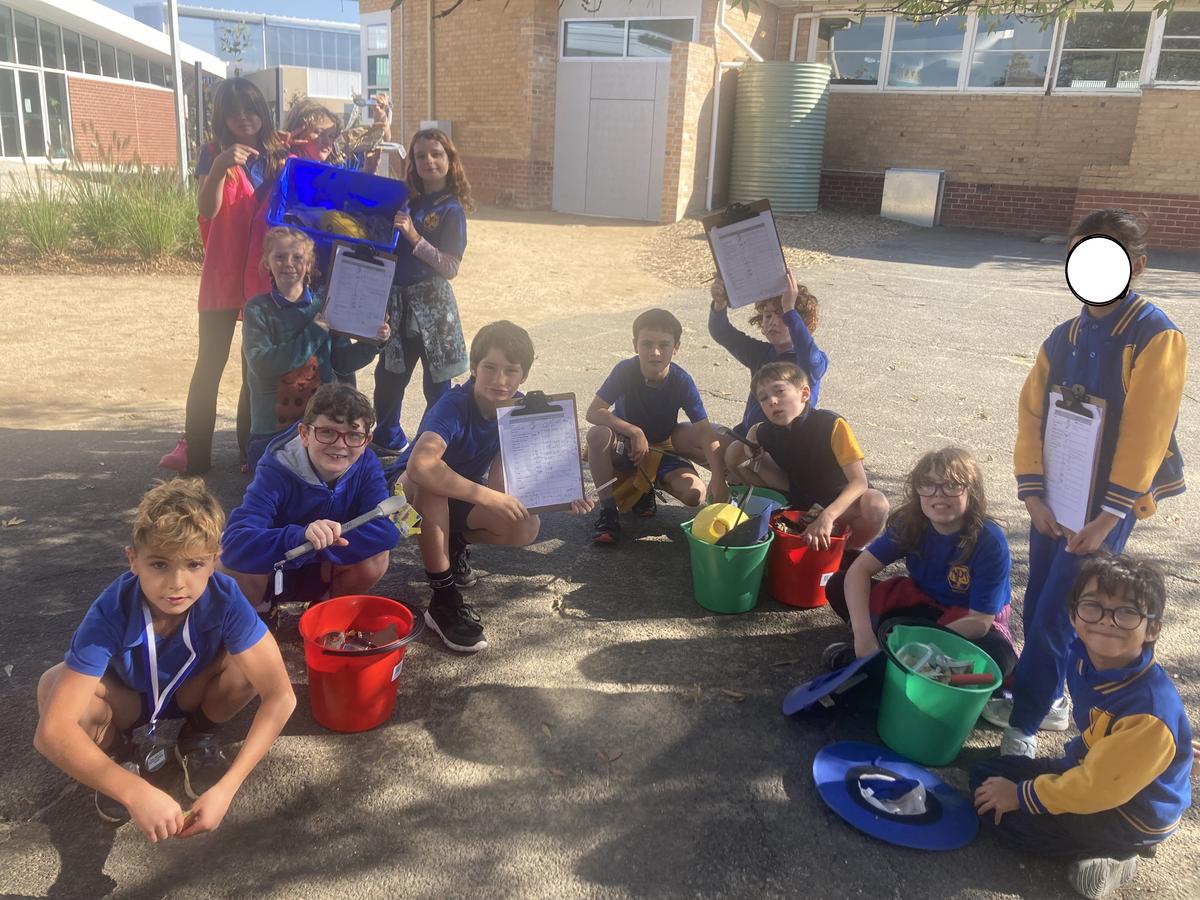
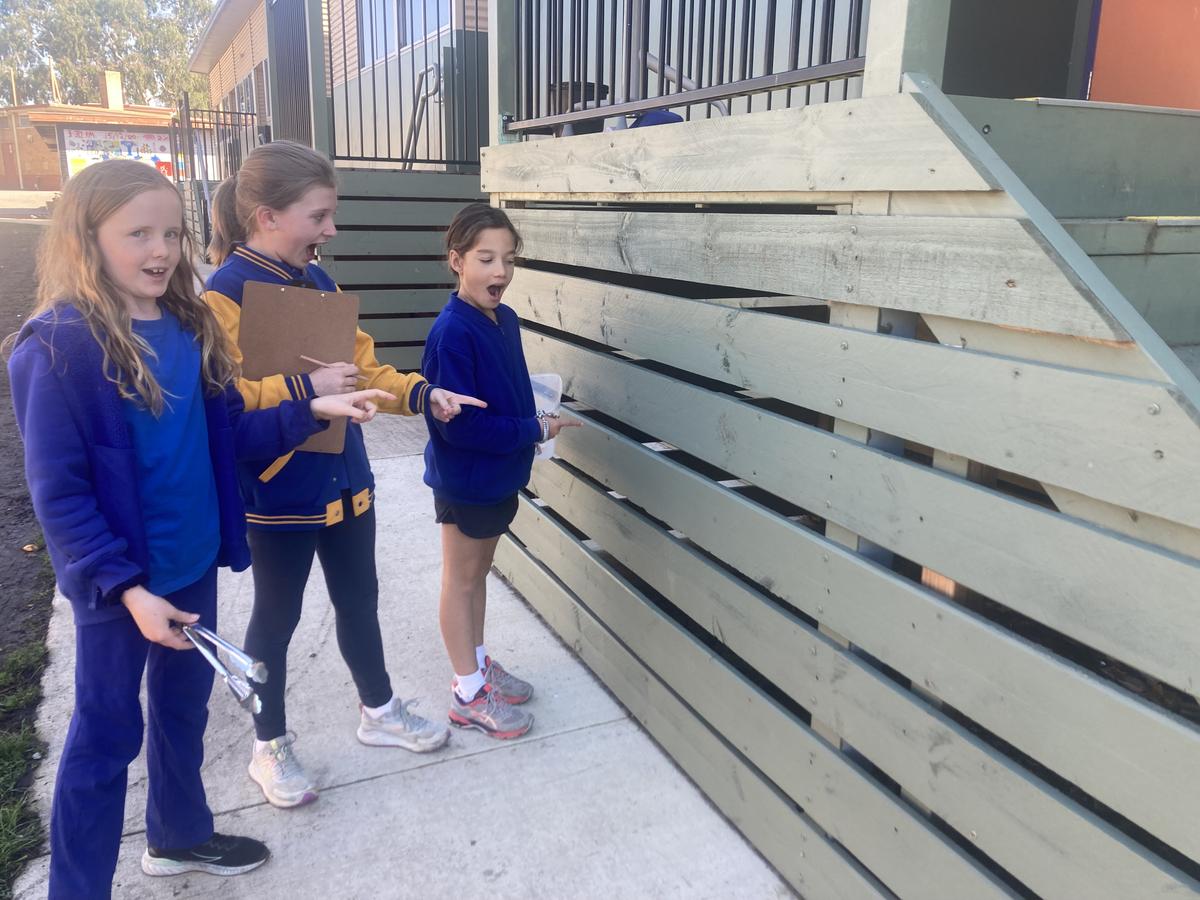
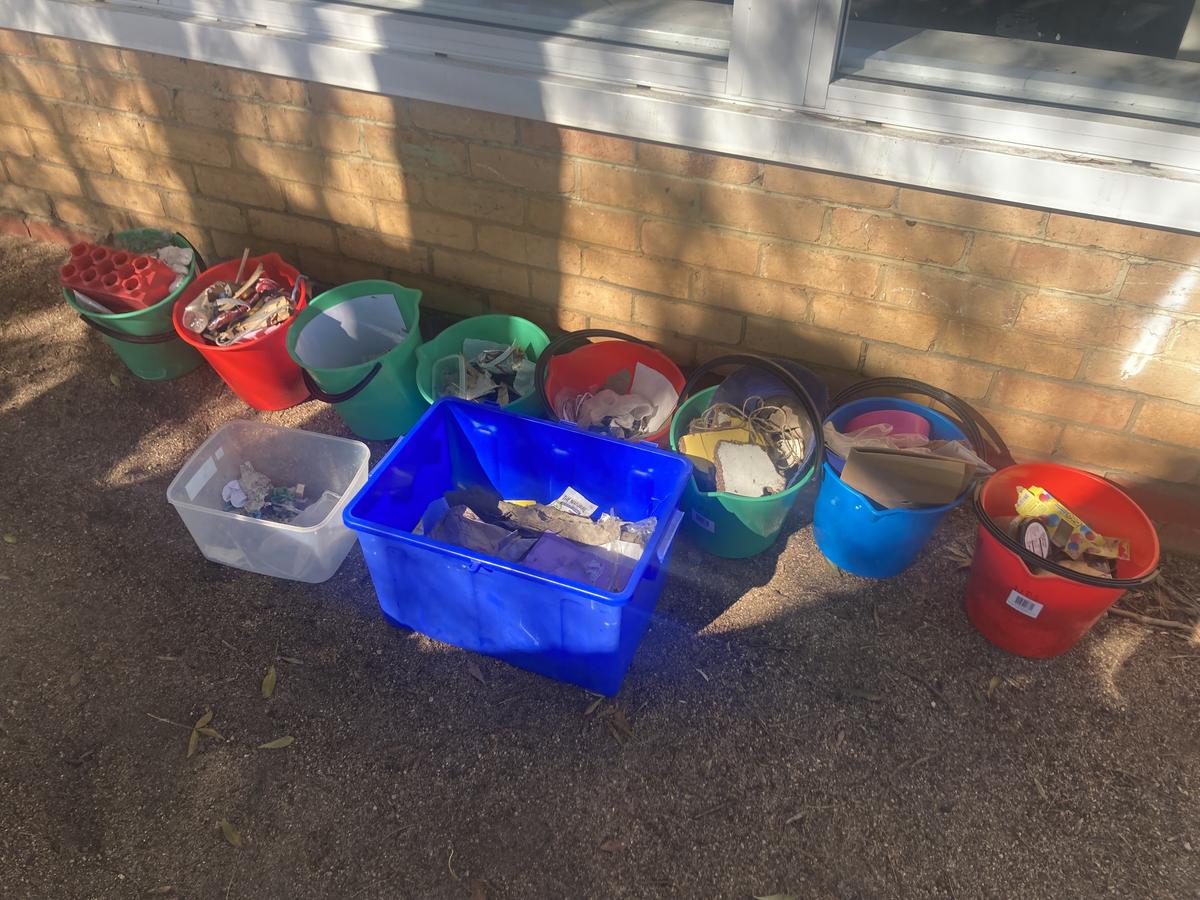
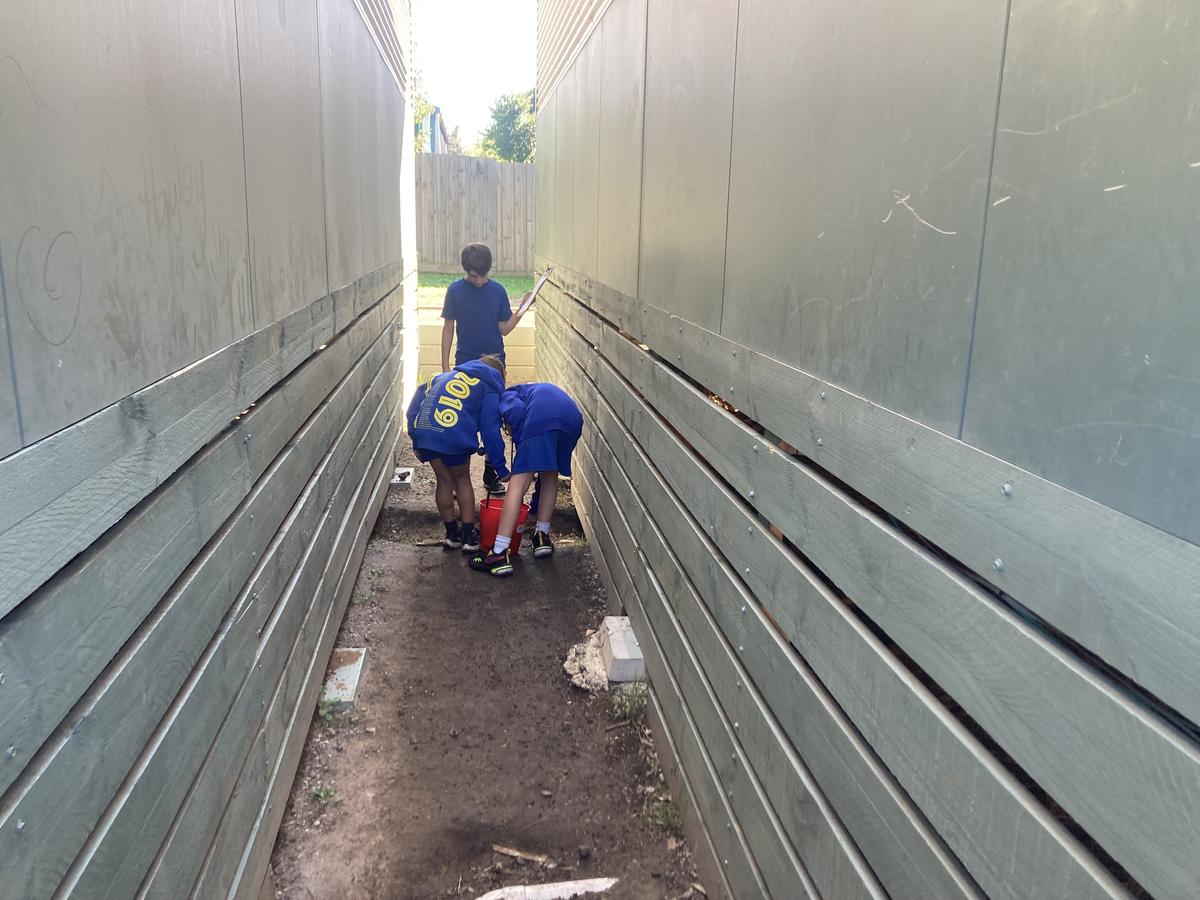
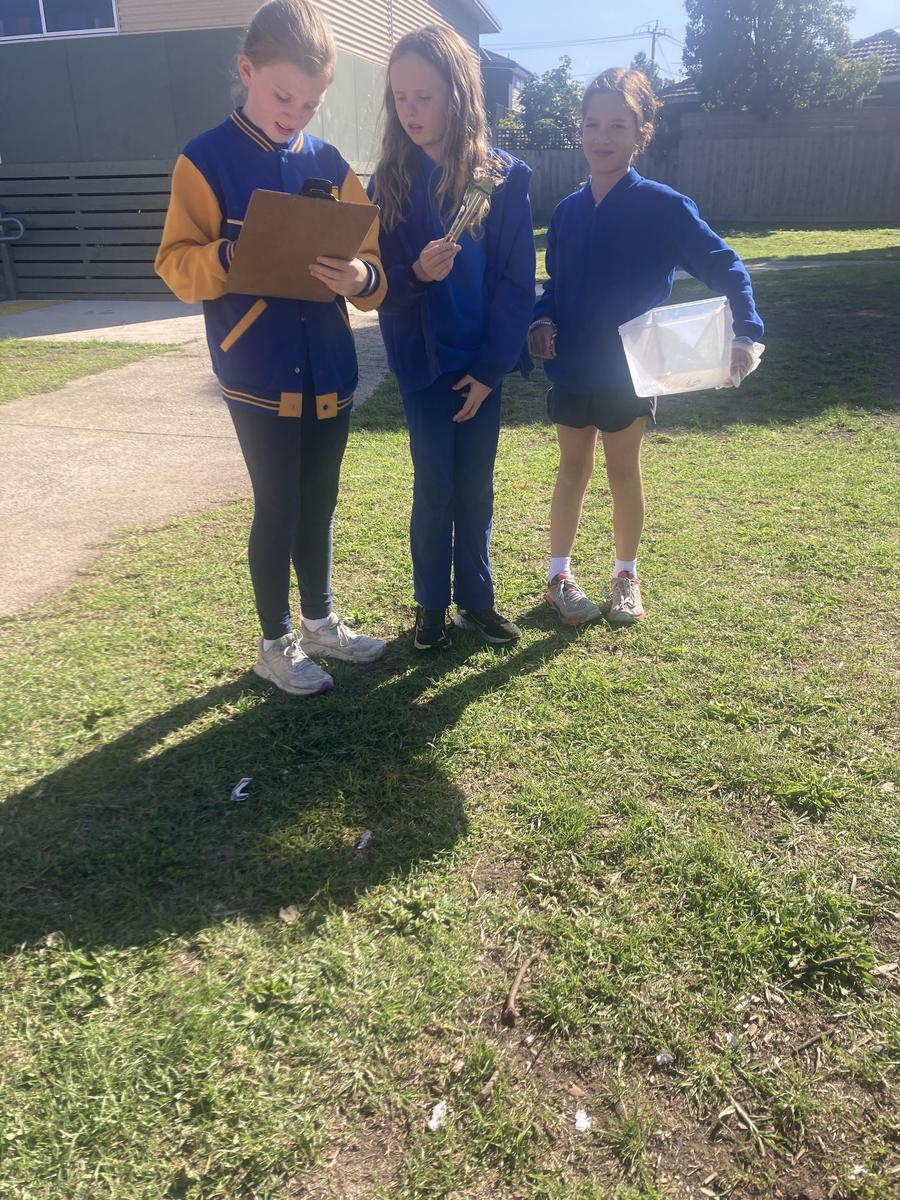


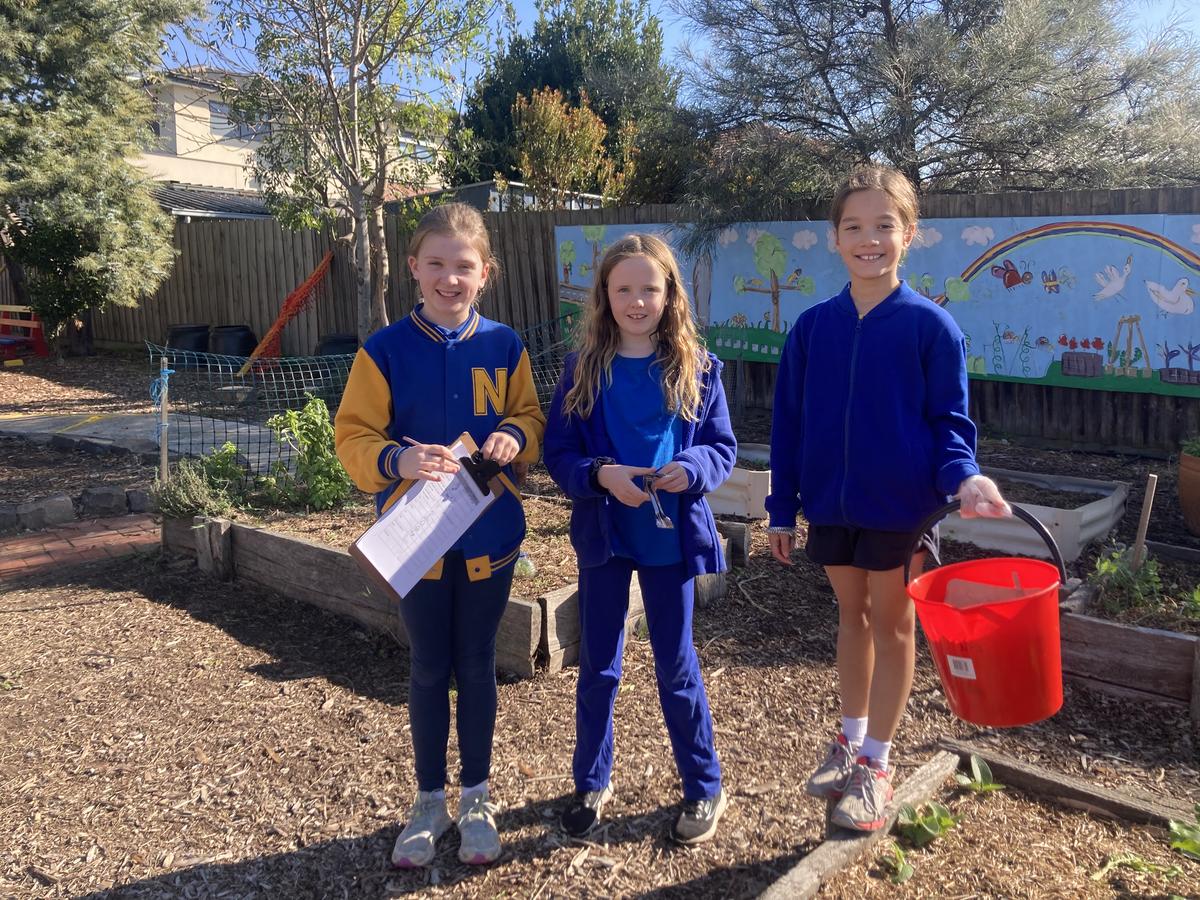
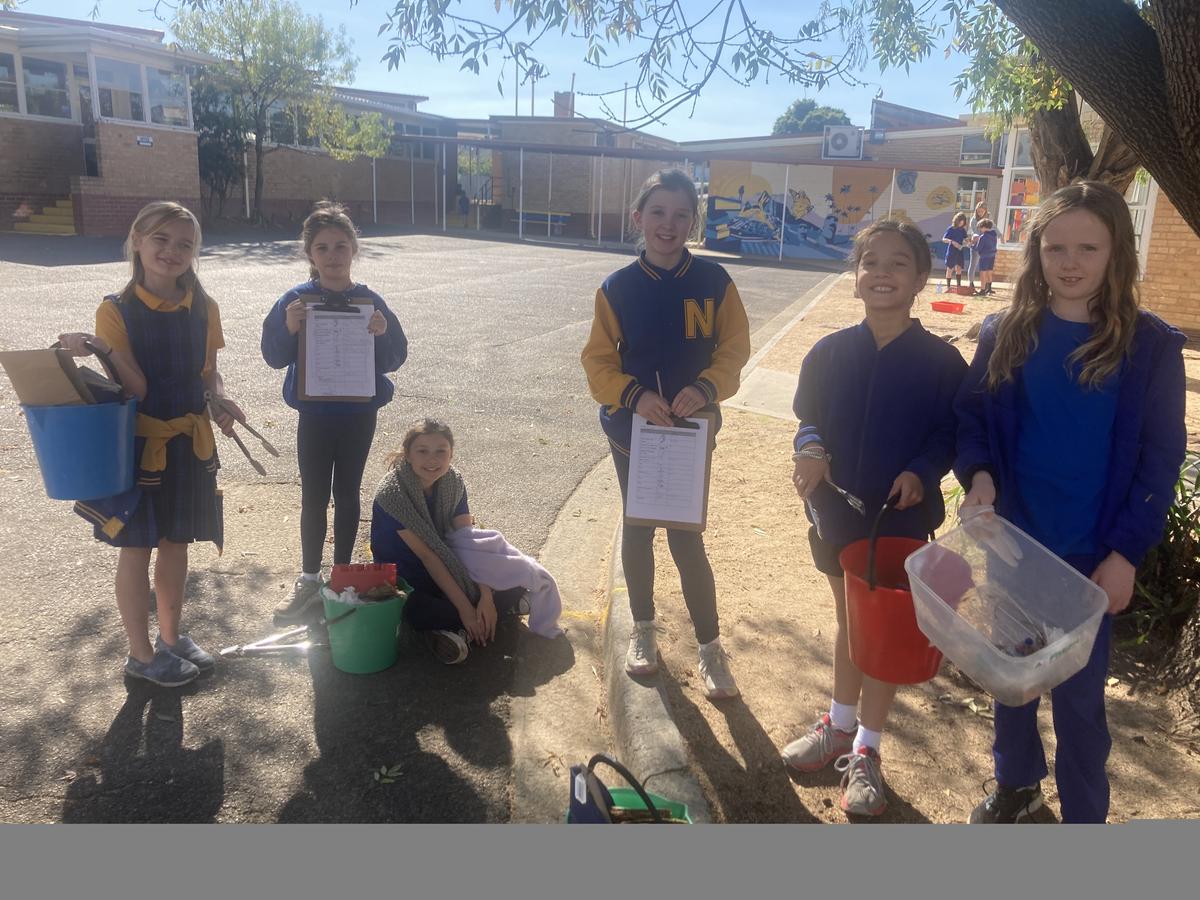
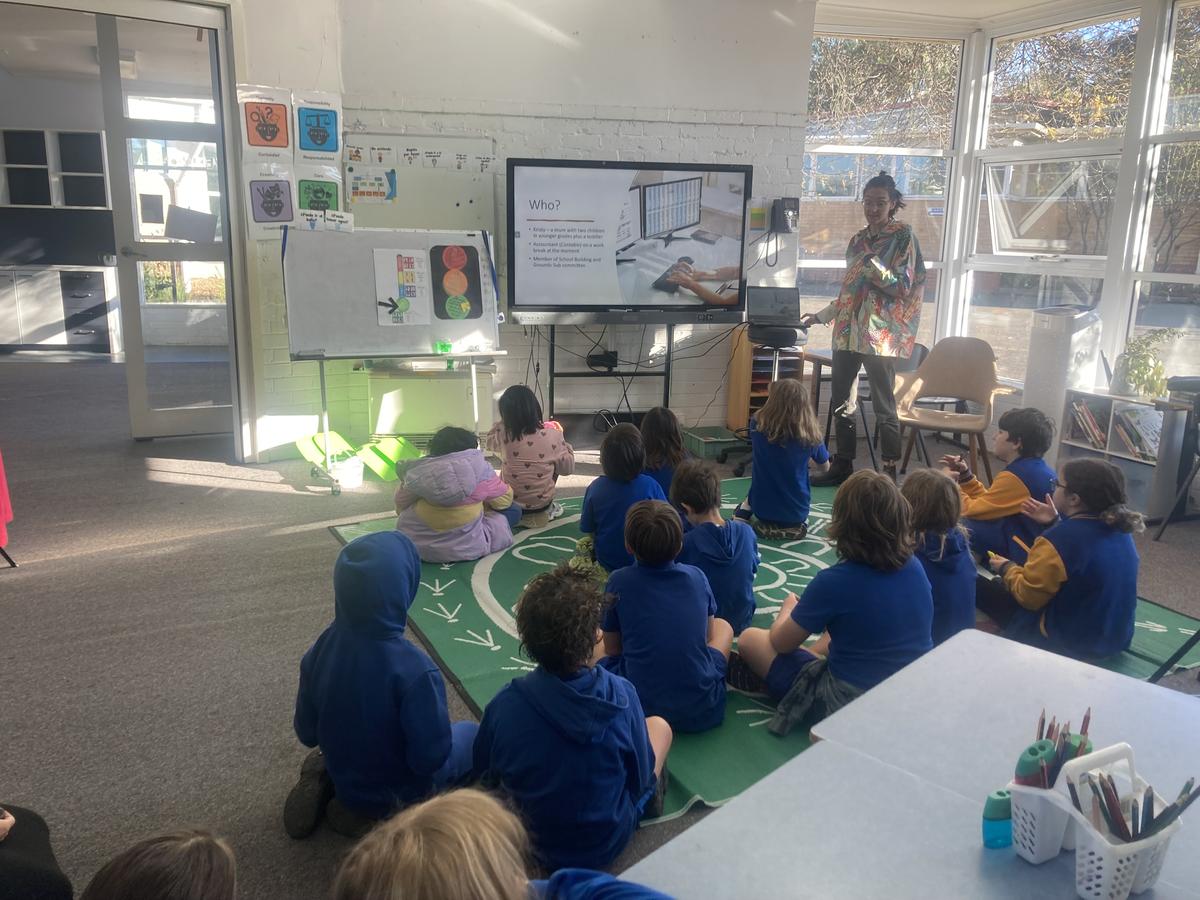

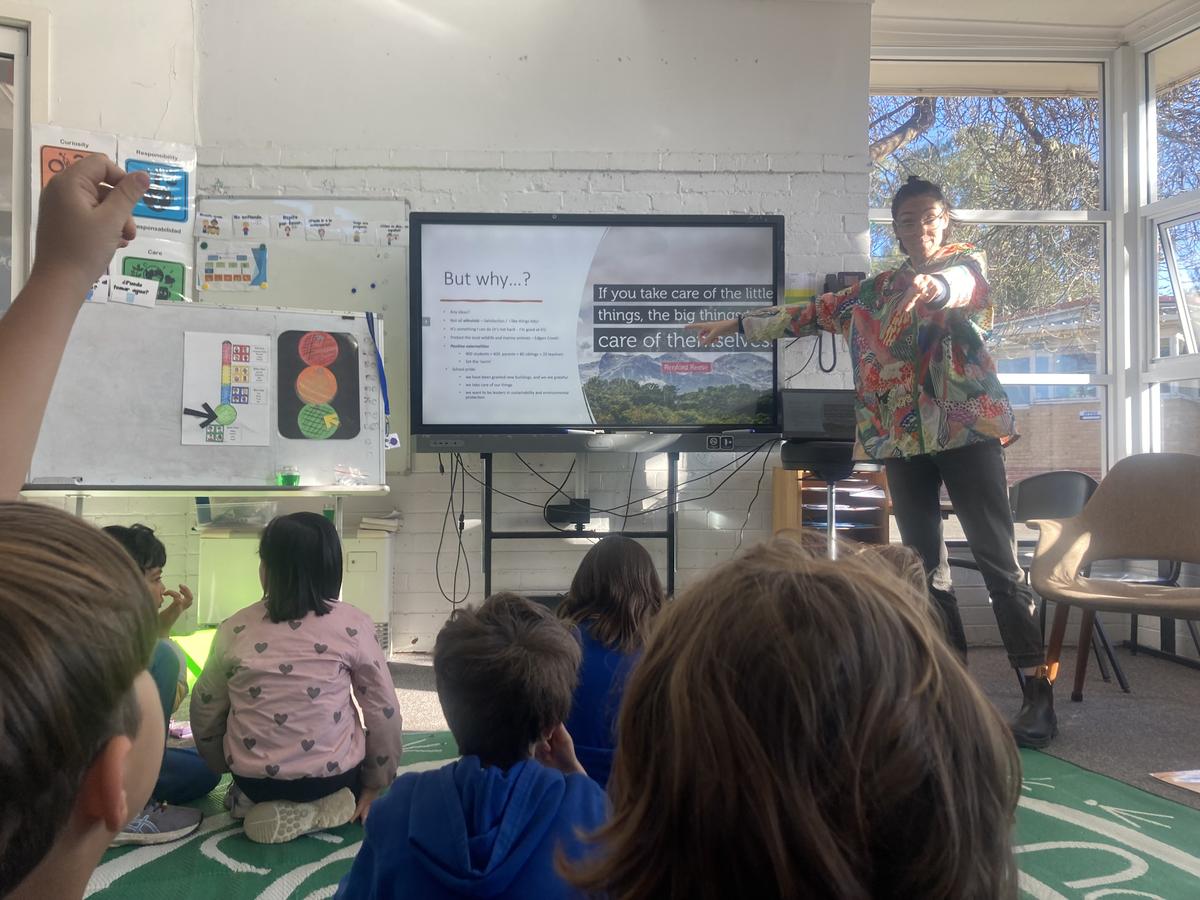












Unfortunately our excellent new cleaner threw away our litter before we could get scales to weigh it, but I am guessing that 3/4C collected about 25kg litter in 1 hour!!!
By the time it was 34F's turn, there was less litter, but still they collected 8kg litter in 1 hour, made up of 741 pieces of litter. The most common kind of litter was plastic - mainly soft plastics.
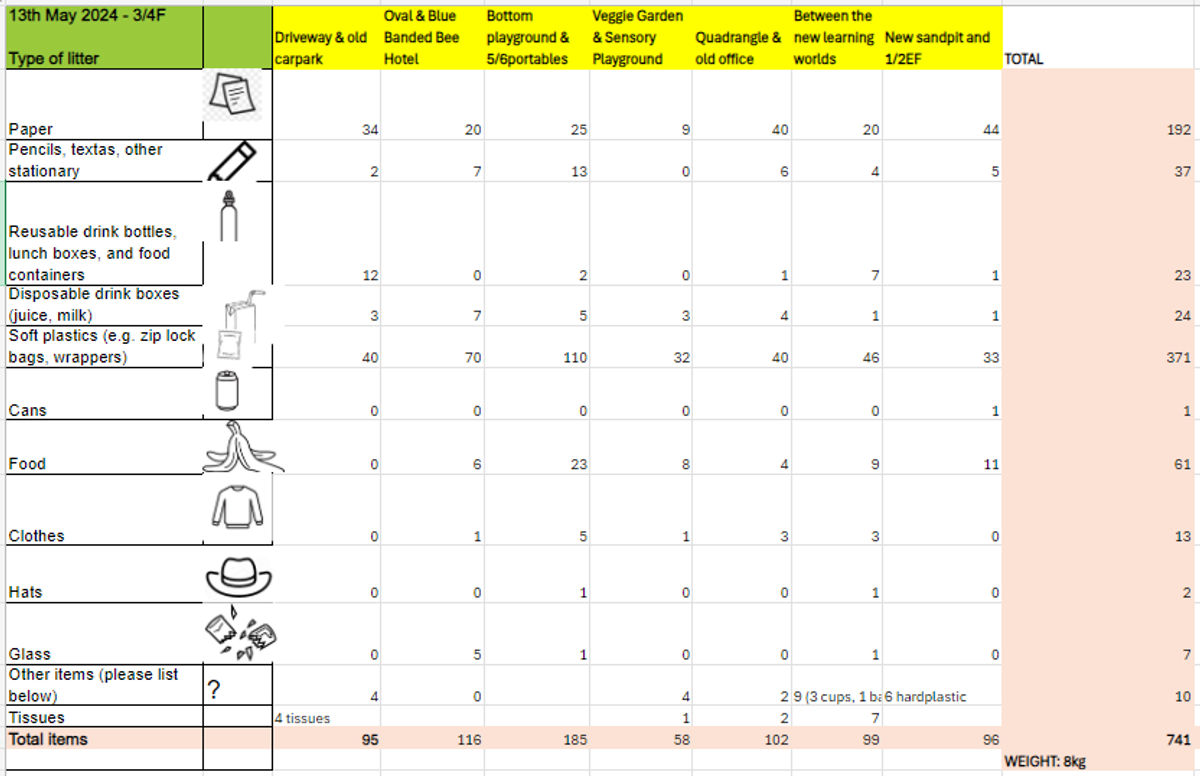

3/4A and 3/4B enjoyed incursions with Angela from the Merri Creek Management Committee. Students' high level of engagement and participation in the discussions took us in a few different directions to what was planned, but that was really exciting. We covered Wurundjeri seasons, how water moves through our school and how our school is connected to the nearby creeks, indigenous plants, and how it feels to slow down and connect with our natural environment. We did some listening activities, sketching activities to support our connection to nature and our wellbeing. A big highlight was looking at and learning about the waterbugs, especially the damselfy, and we were horrified to learn about gambusia - an introduced, invasive fish that kills our tadpoles. As we continue our sessions this year, we'll look at how we can honour Wurundjeri country and support wellbeing through increasing biodiversity on our school grounds.
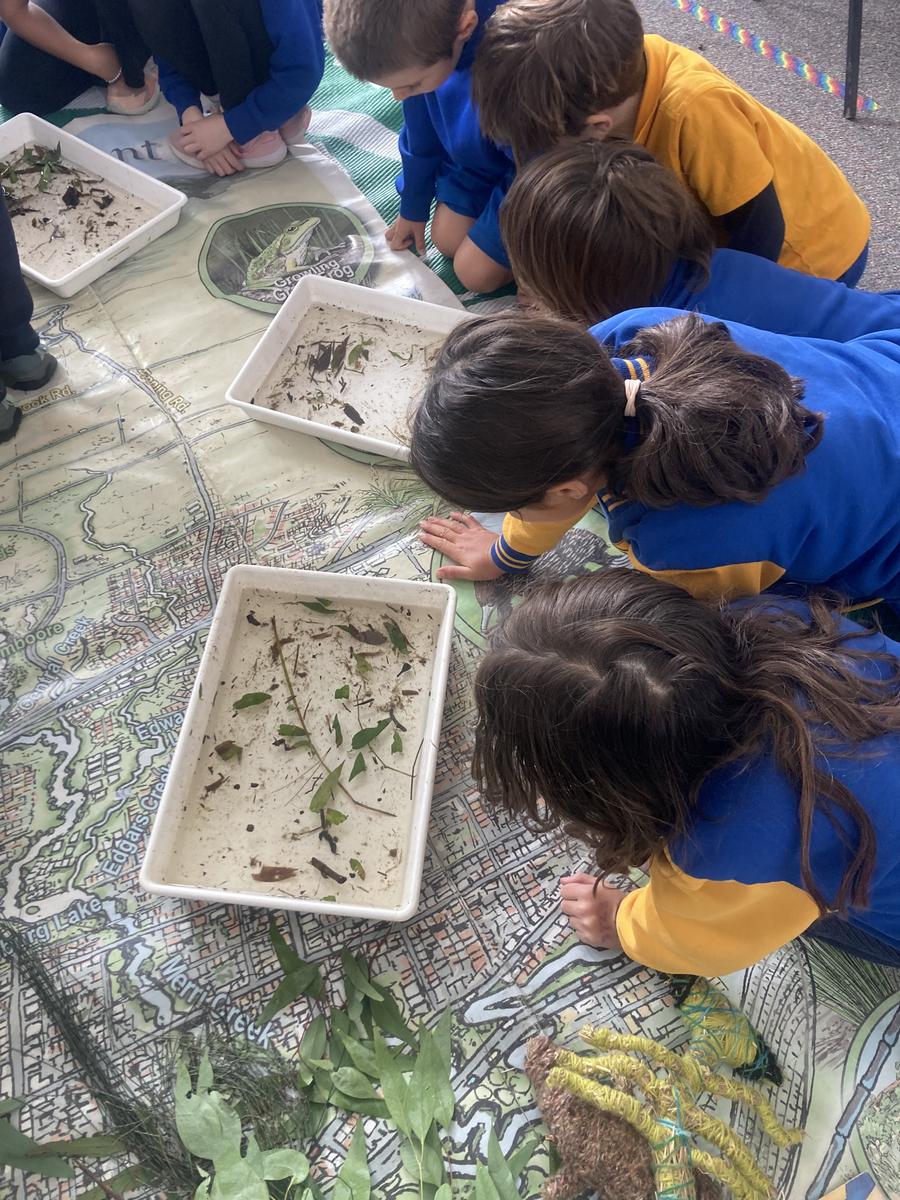
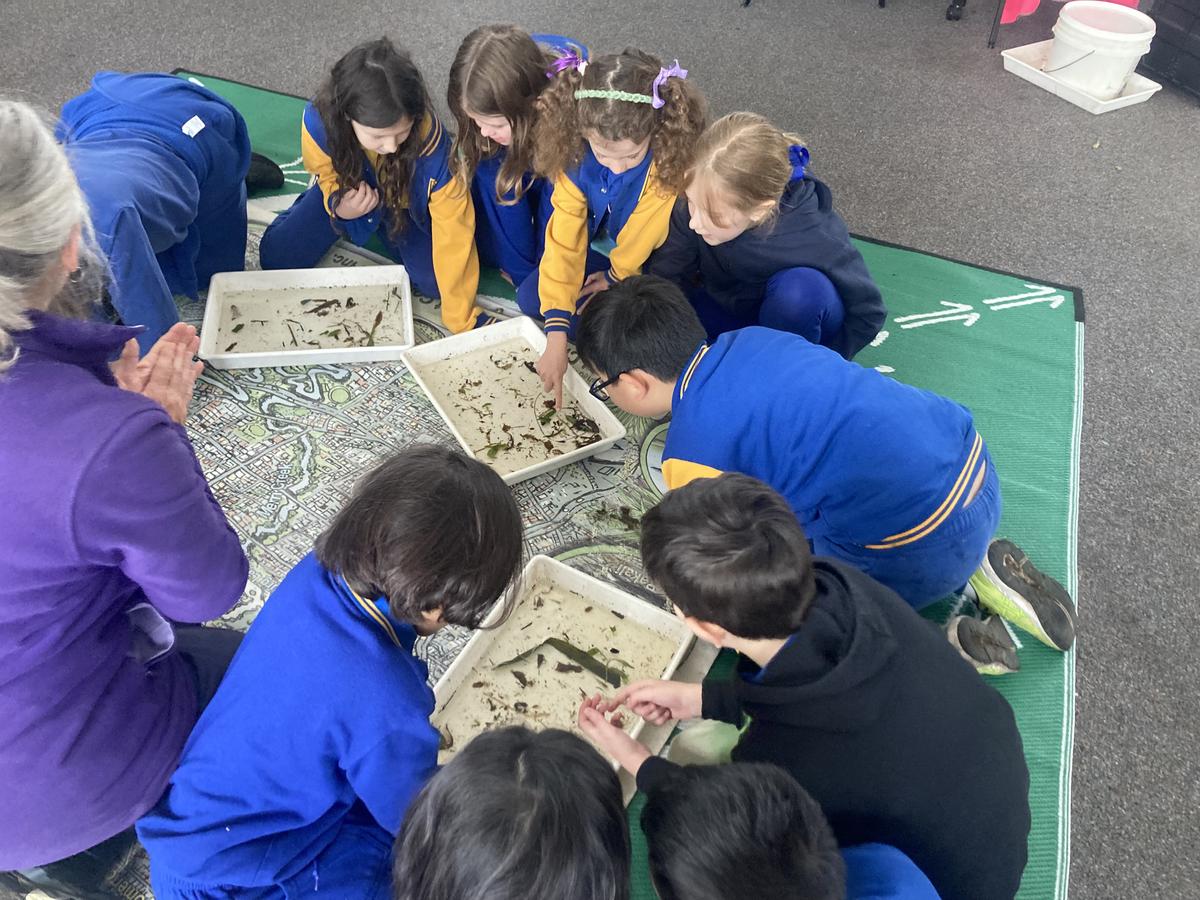
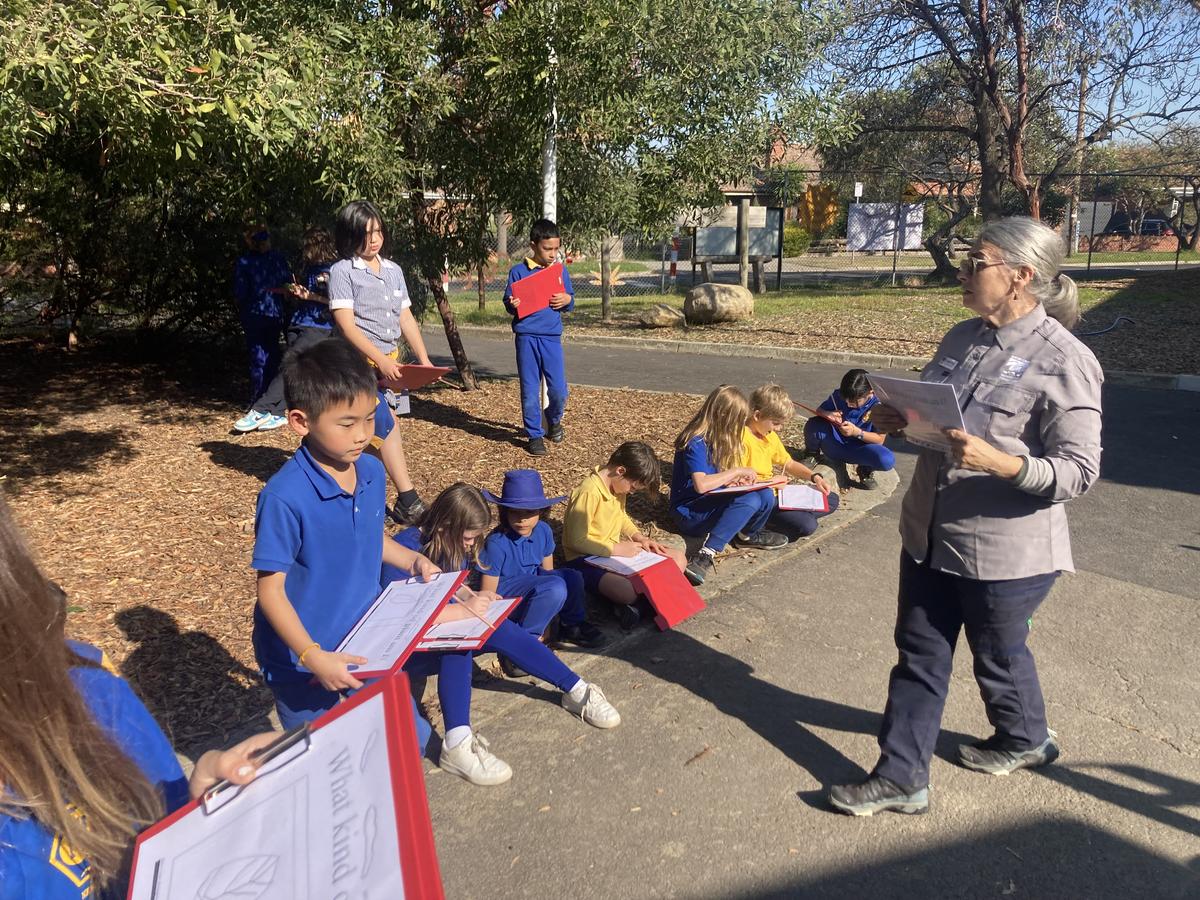
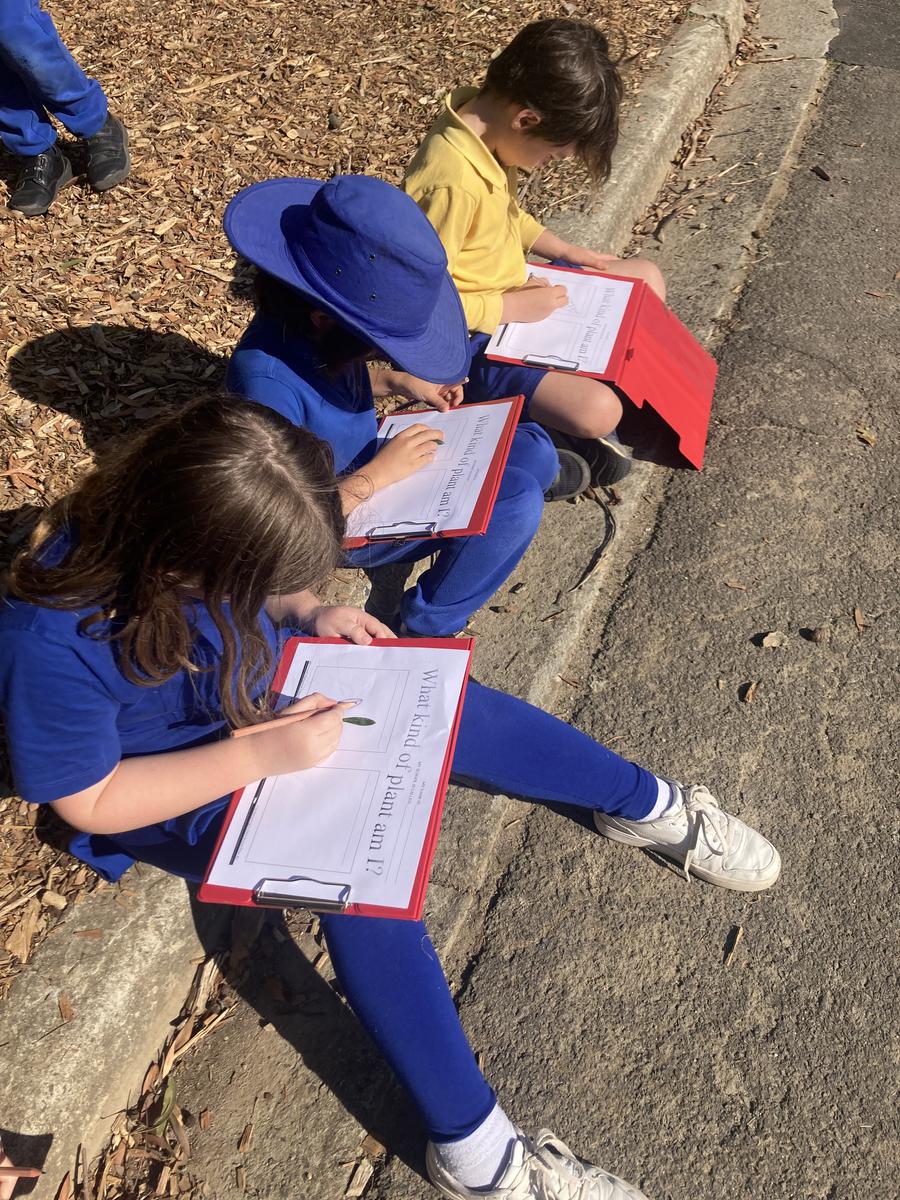
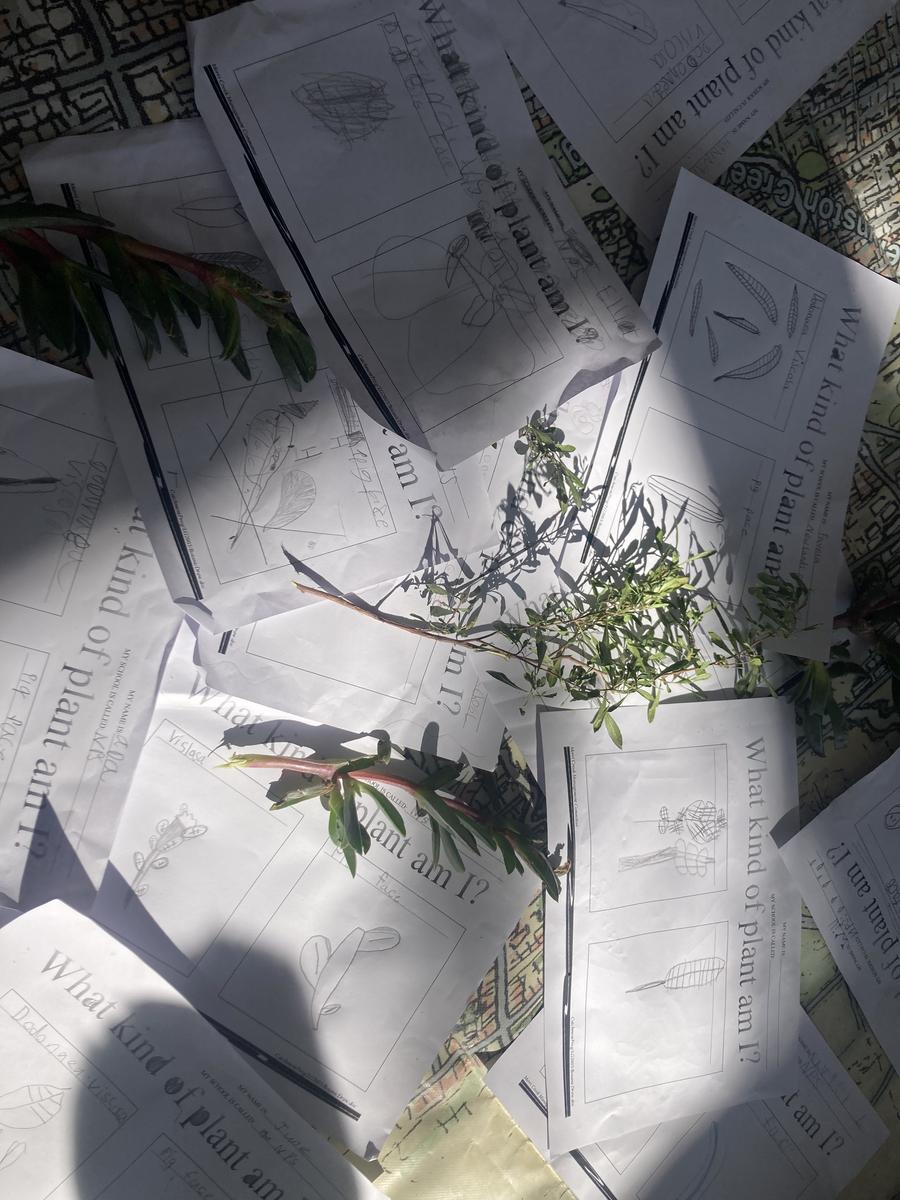
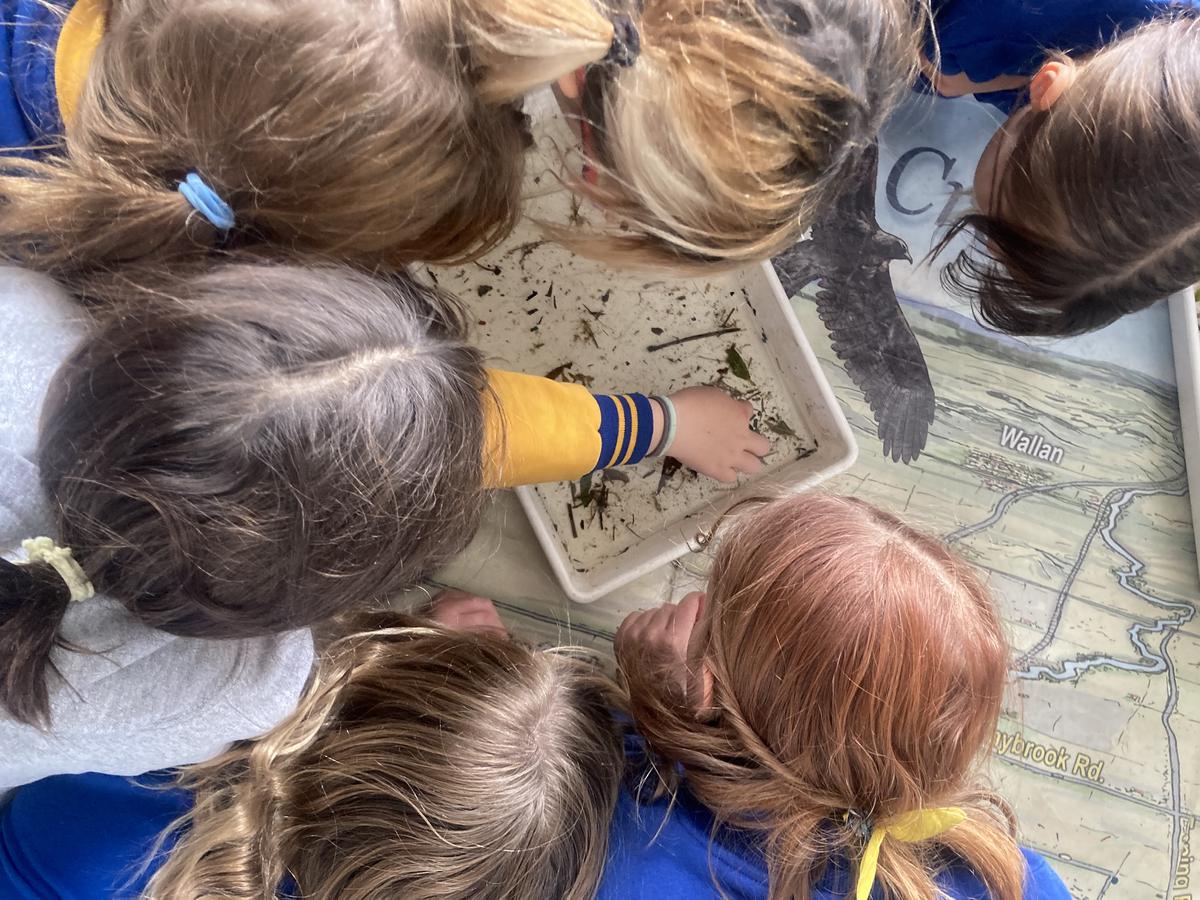








3/4E and 3/4D have enjoyed a lot of toilet talk!!! Both classes were visited by Tom Civil who, along with other families, cleaned up and transformed our toilets years ago by creating colourful murals. However, destructive behaviour in the toilets is still causing a lot of students to feel uncomfortable or even unsafe in the toilets, and is wasting a lot of money as we have to call in plumbers and get the toilets unblocked and fixed far too often. So these classes are taking on this enormous challenge by discussing why the behaviour might be taking place and what we can do about it. Some ideas that students have started work on are creating murals and signs for the entrances and backs of doors, a waiting area outside for the partner, surveying teachers, and creating short presentations to run for each class.
